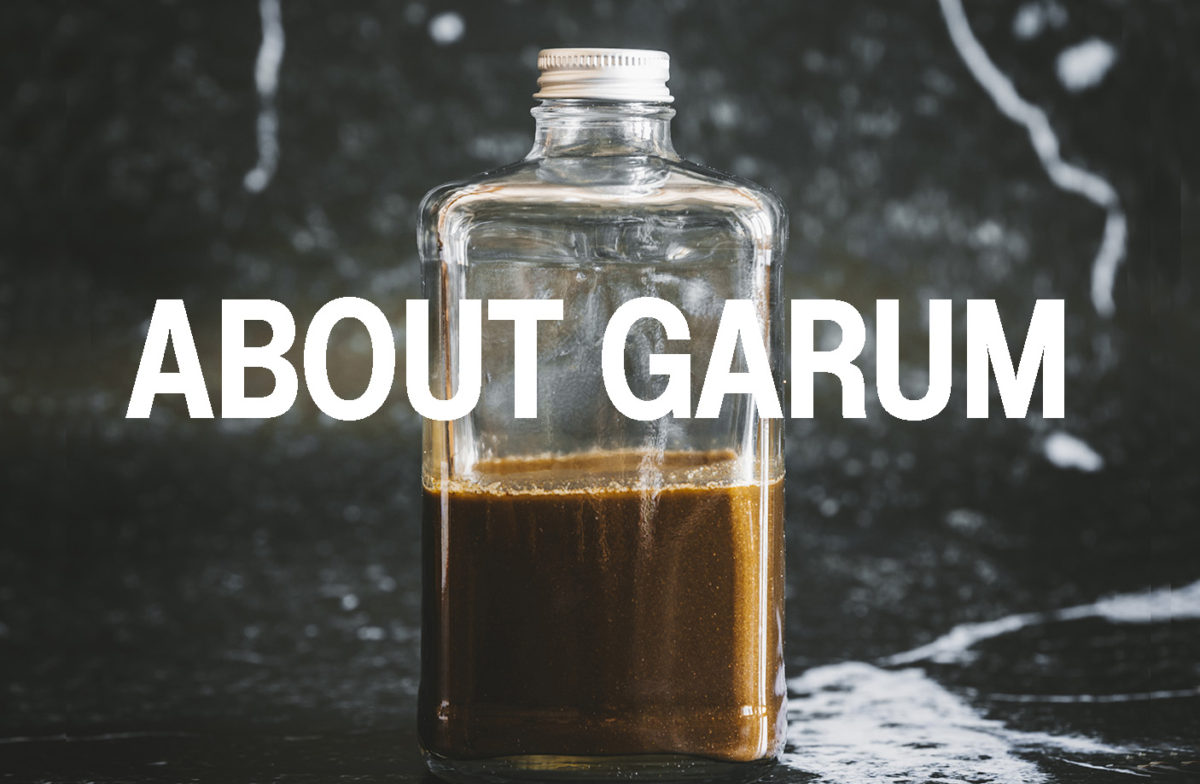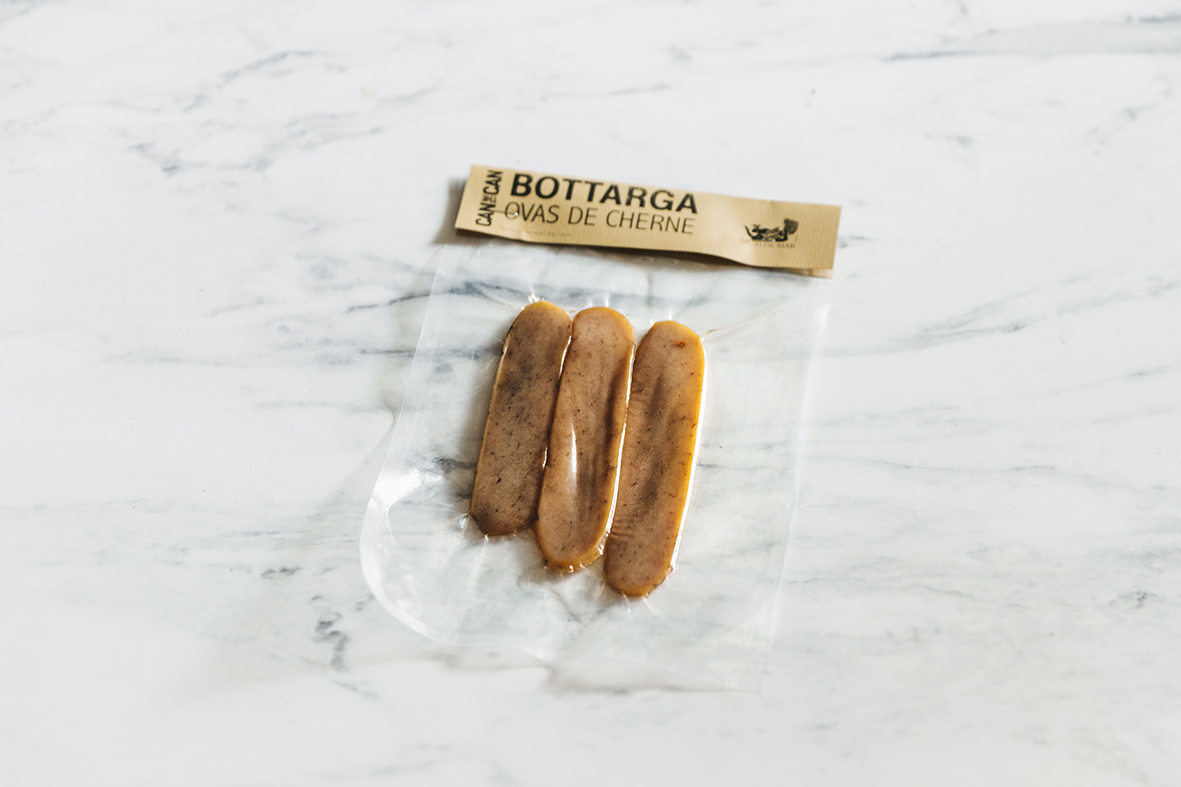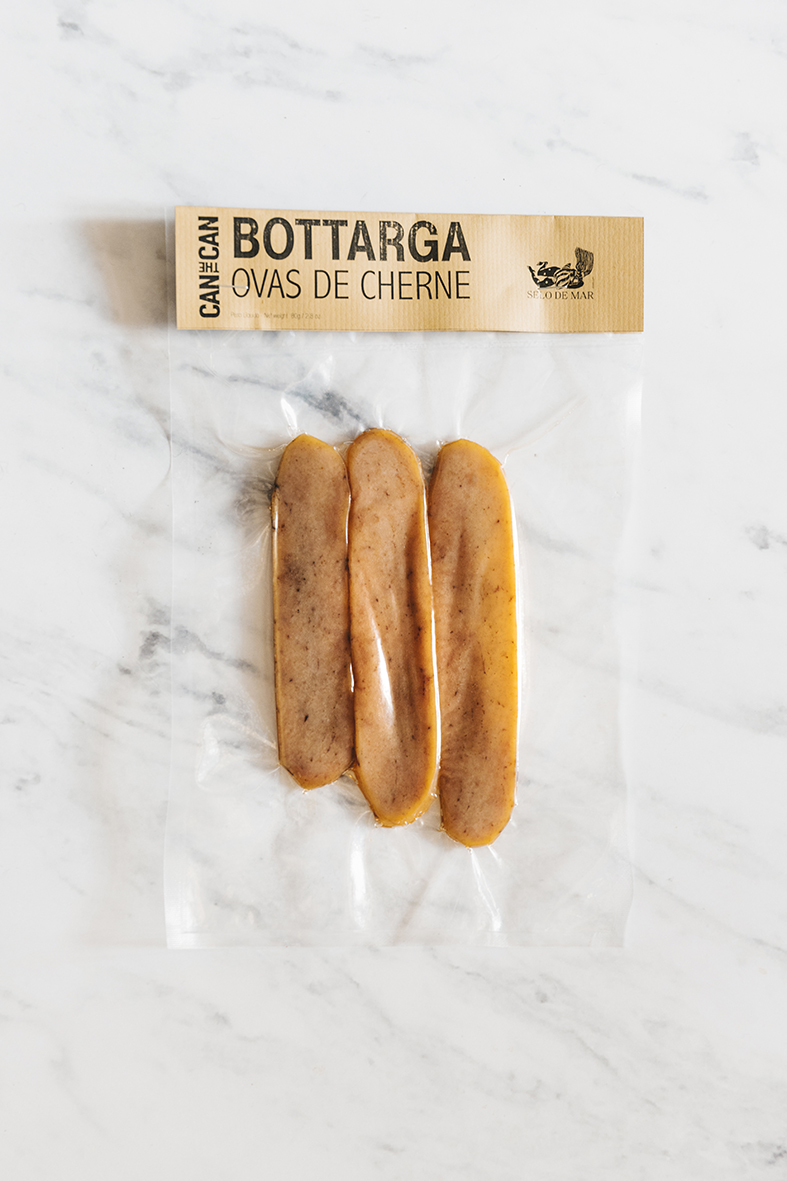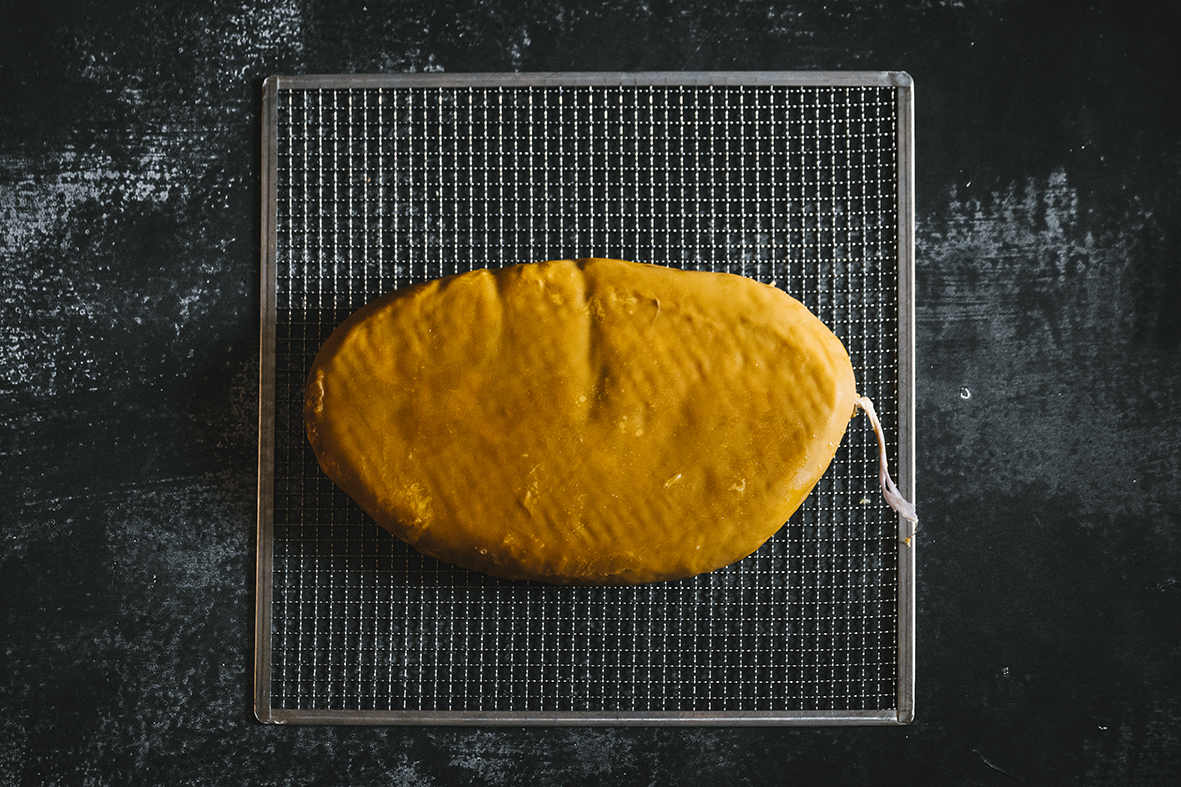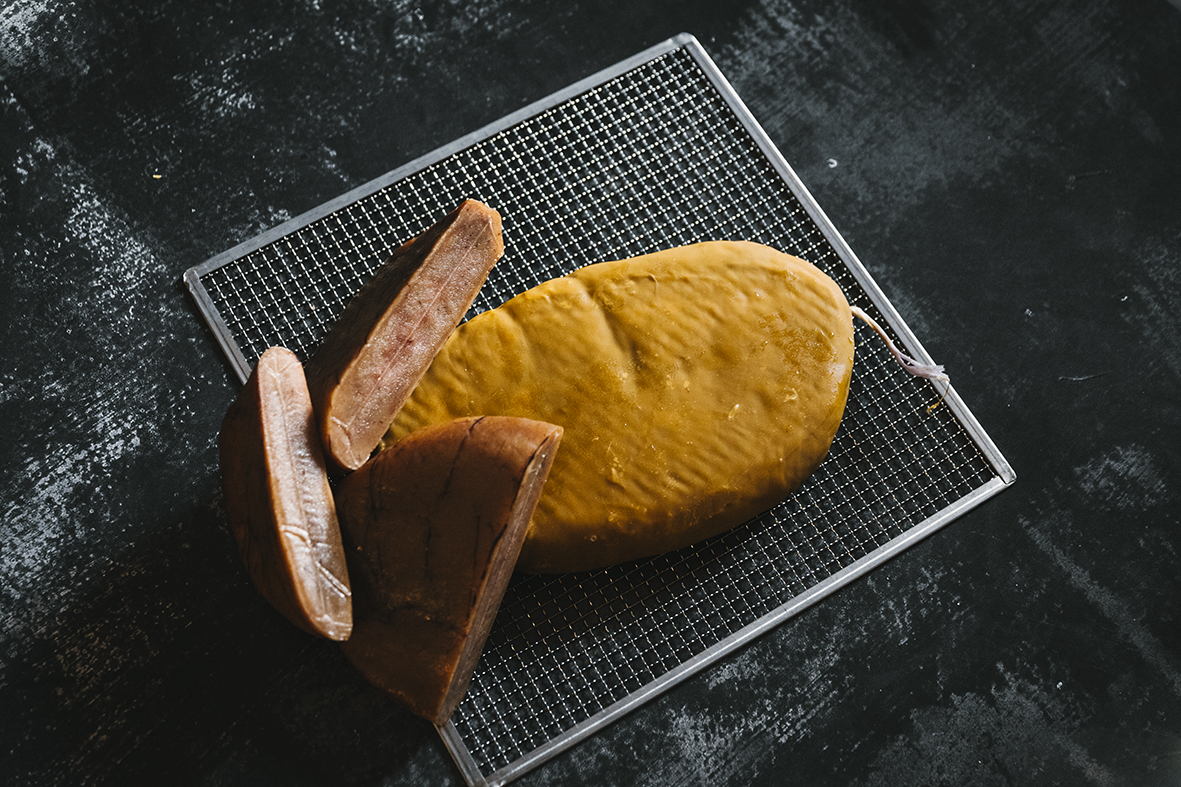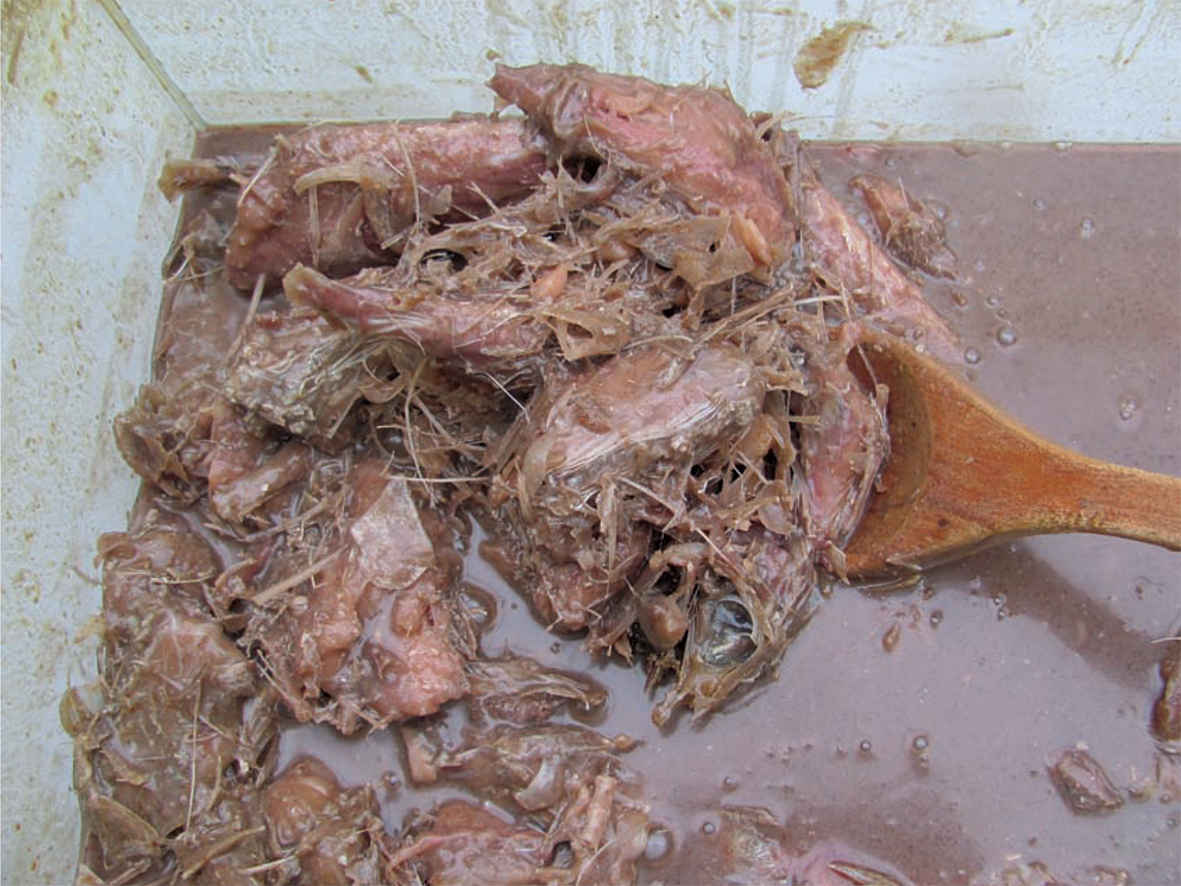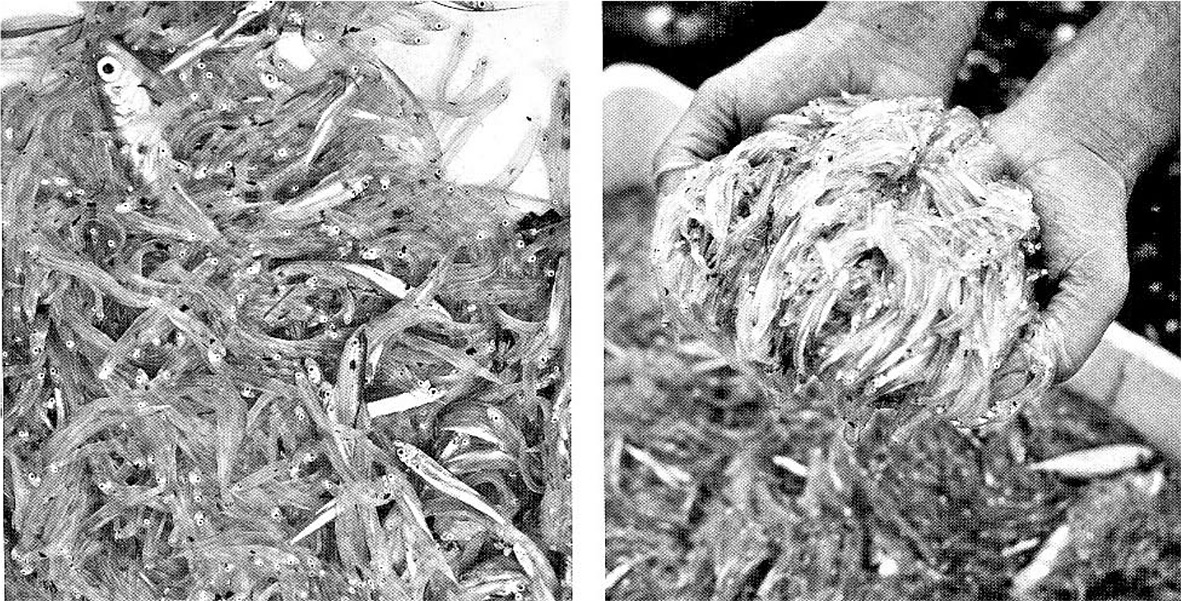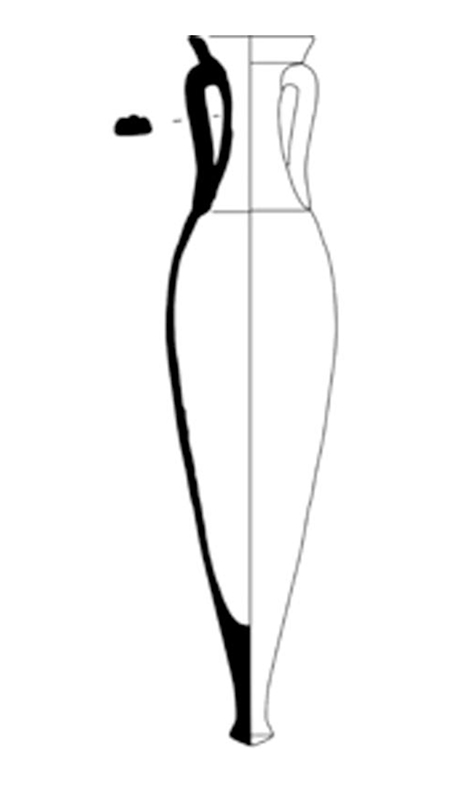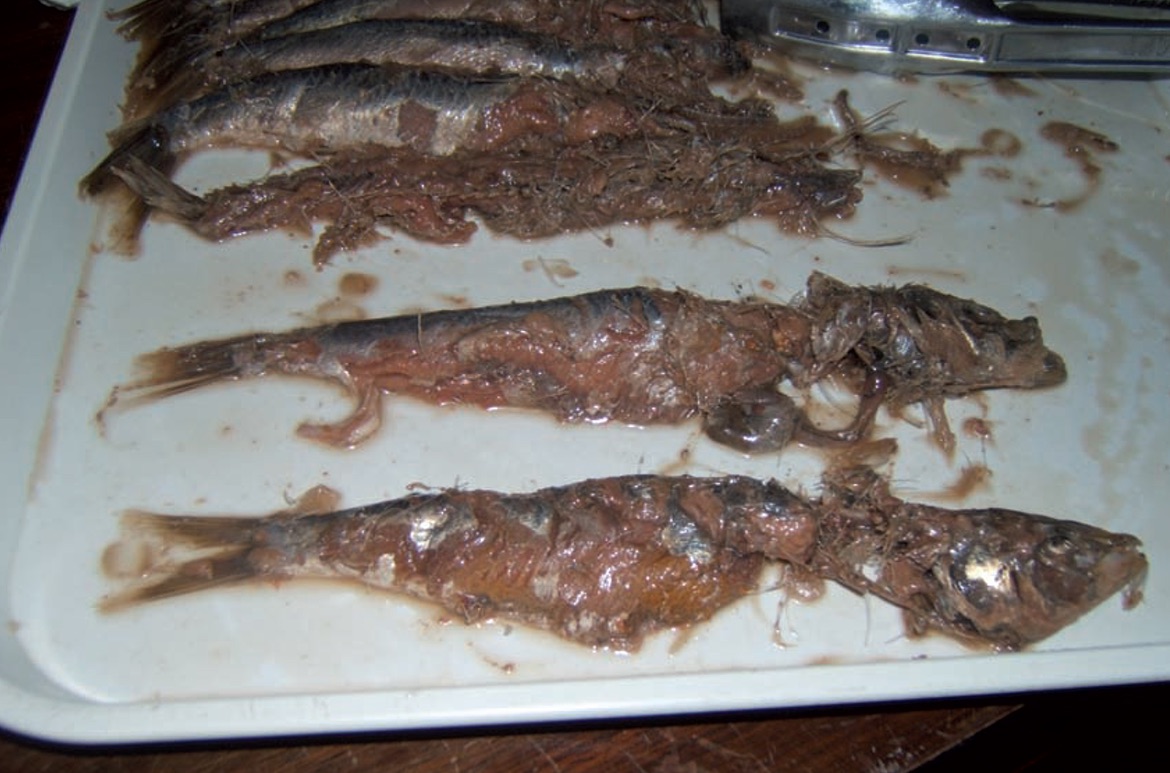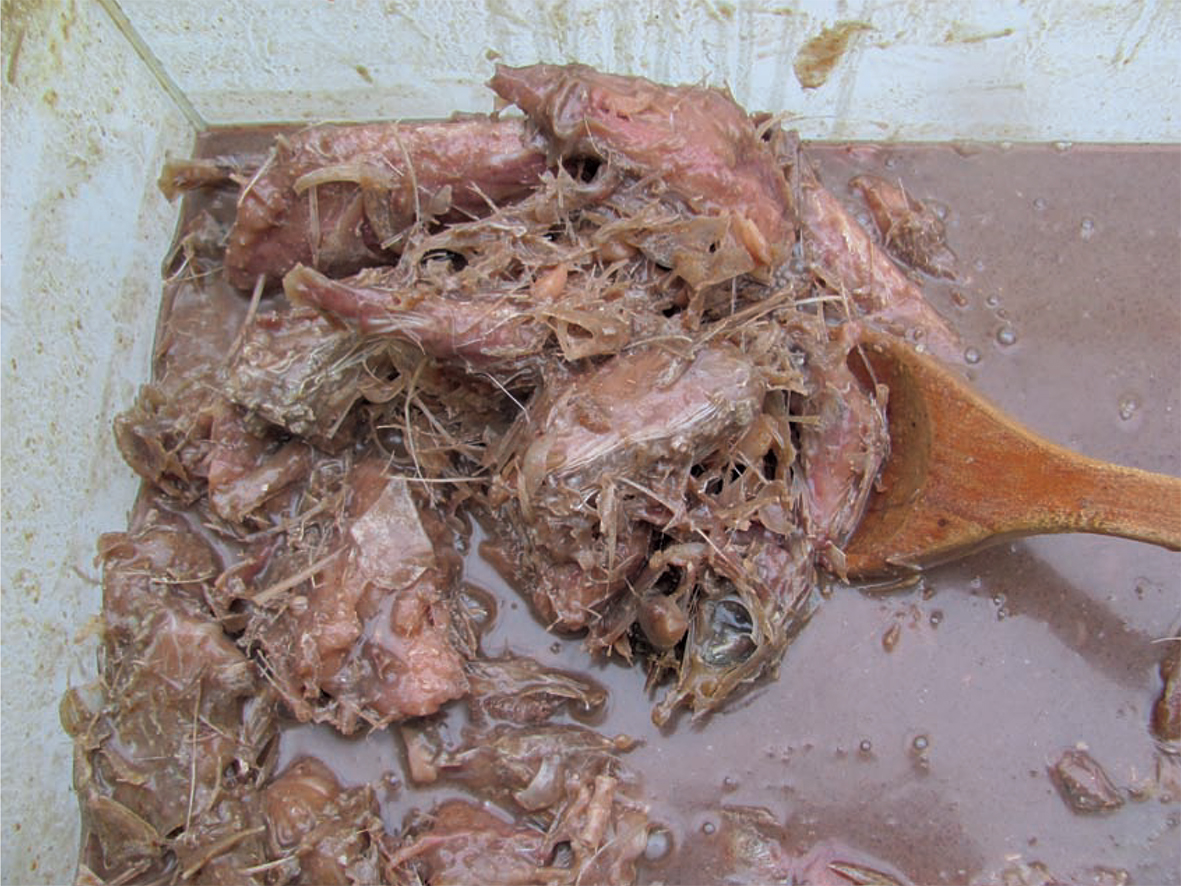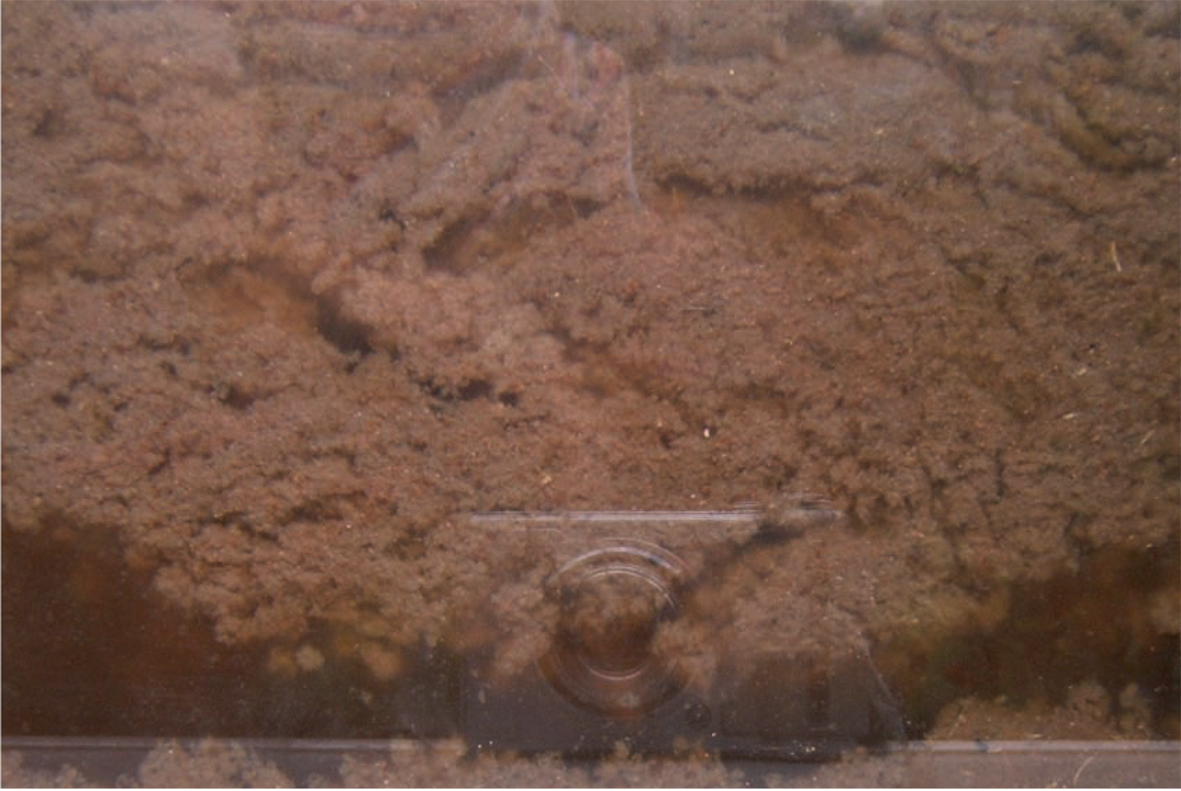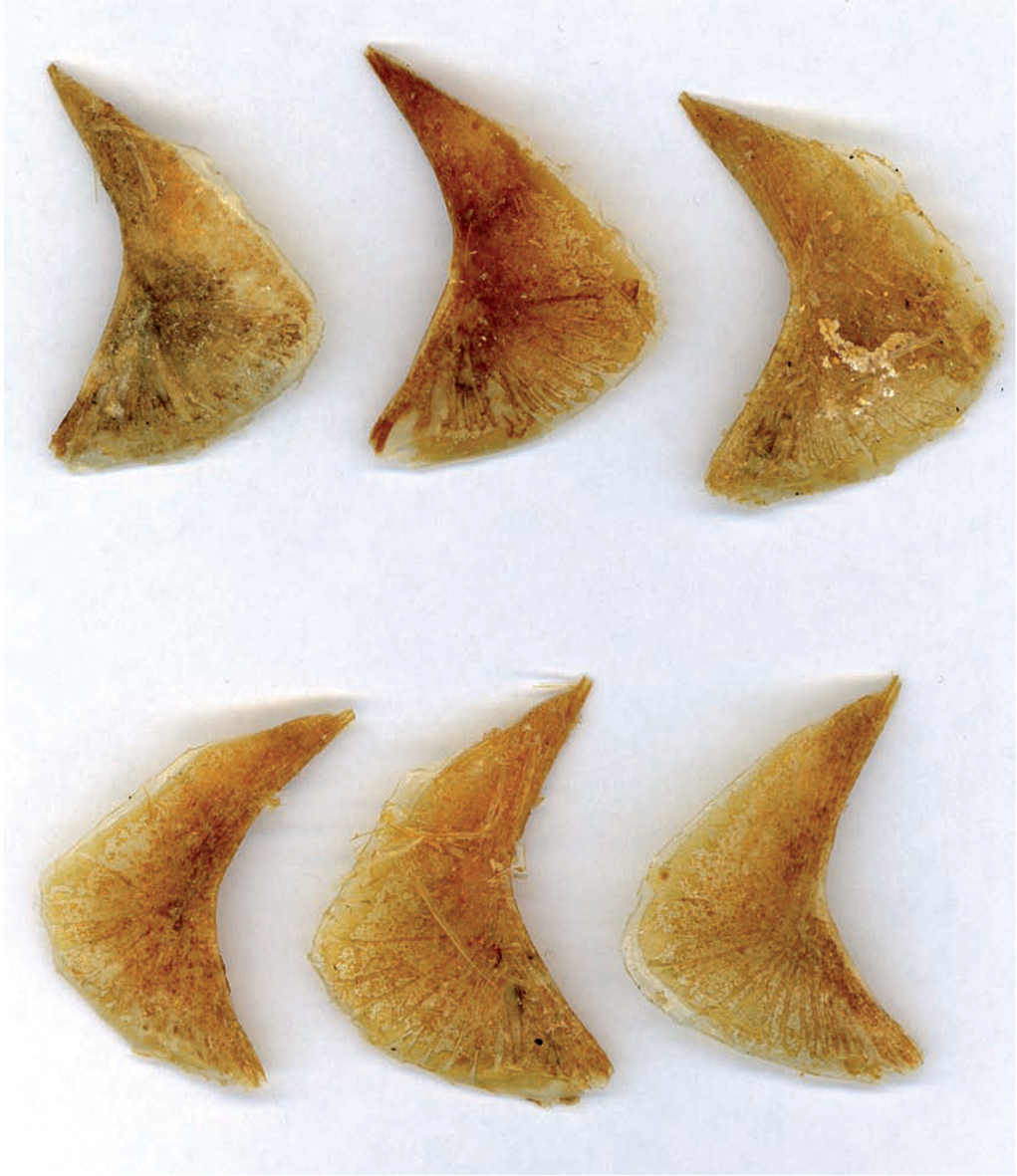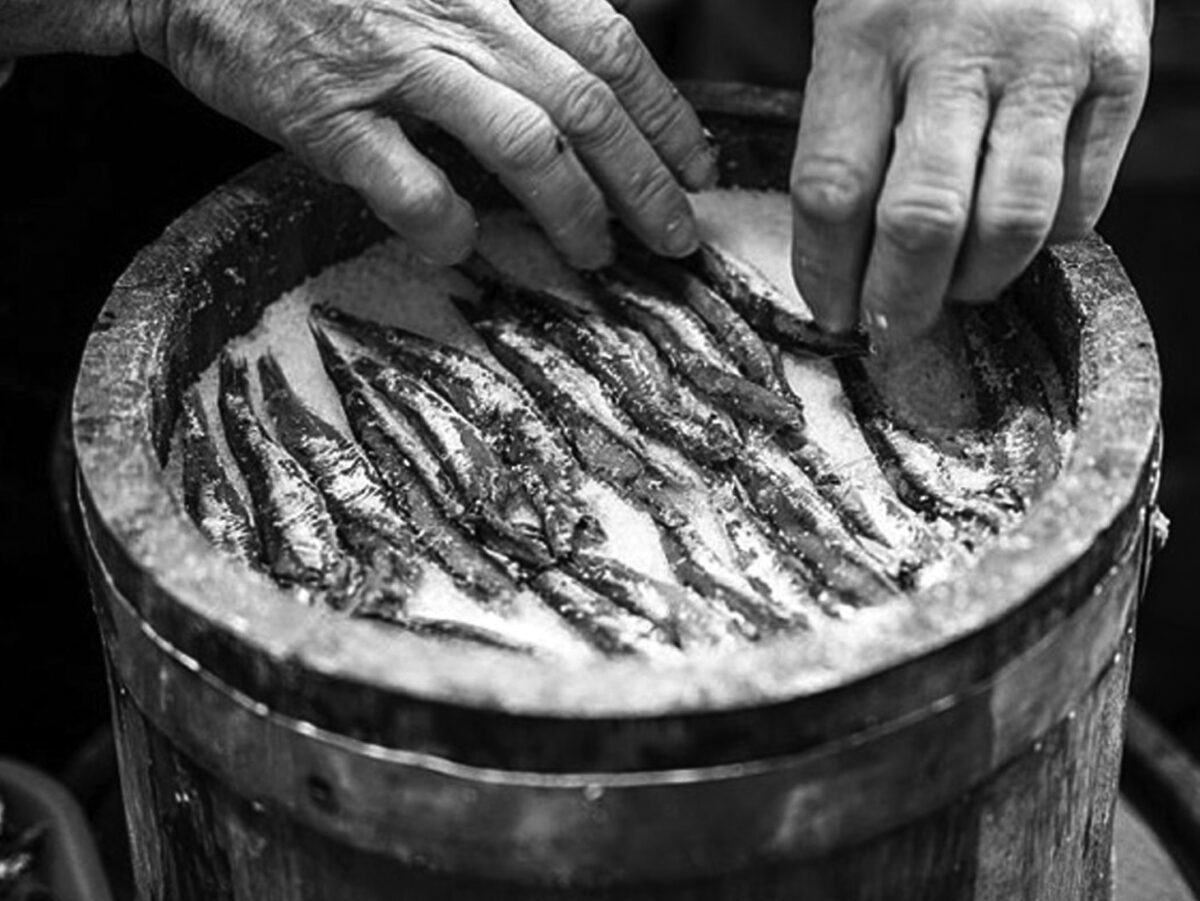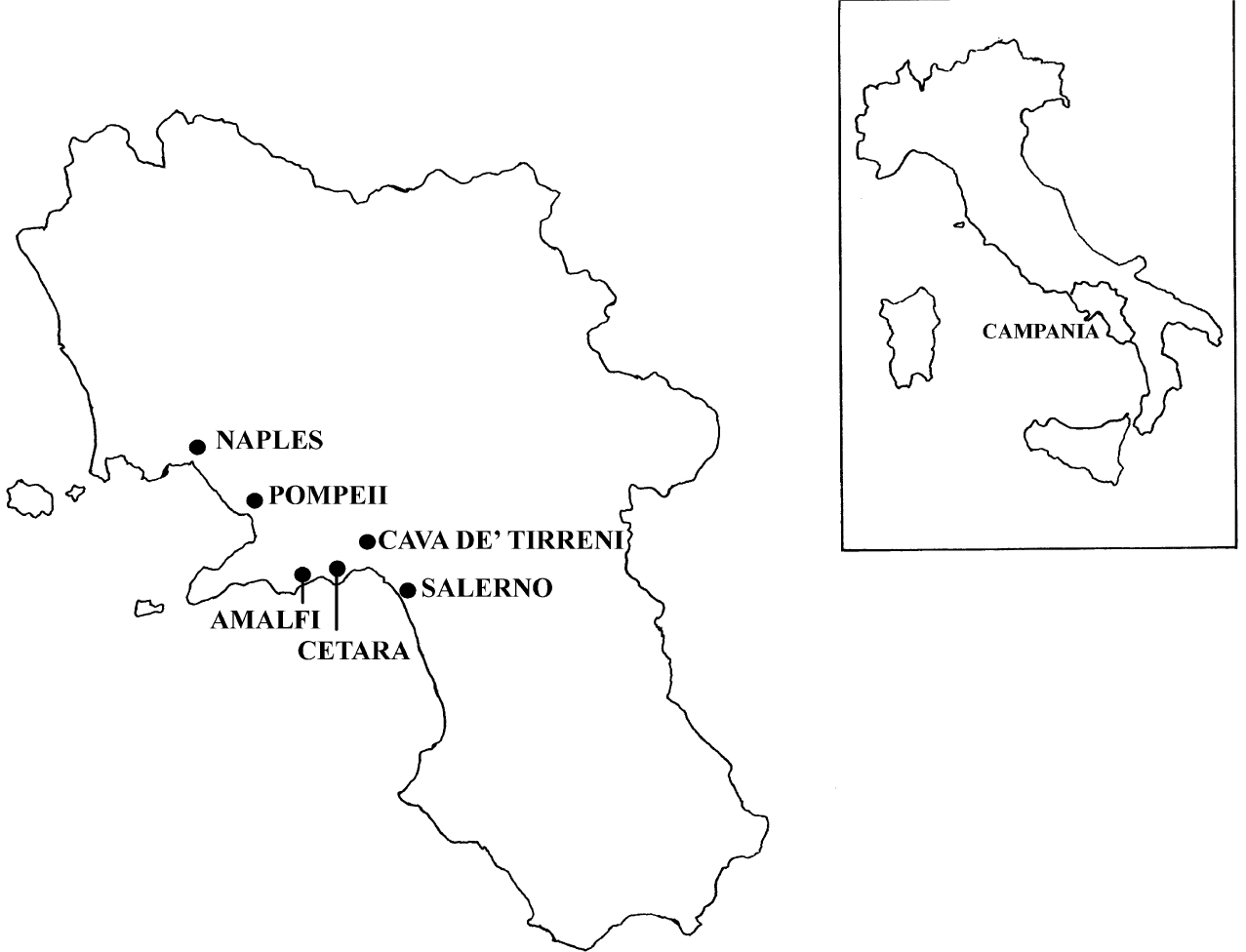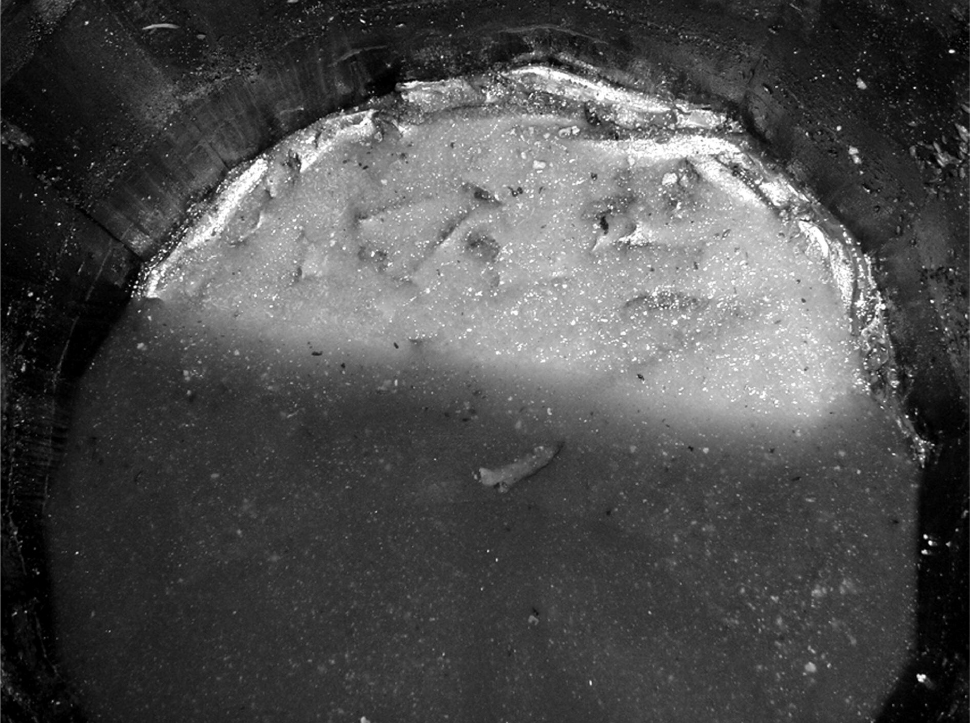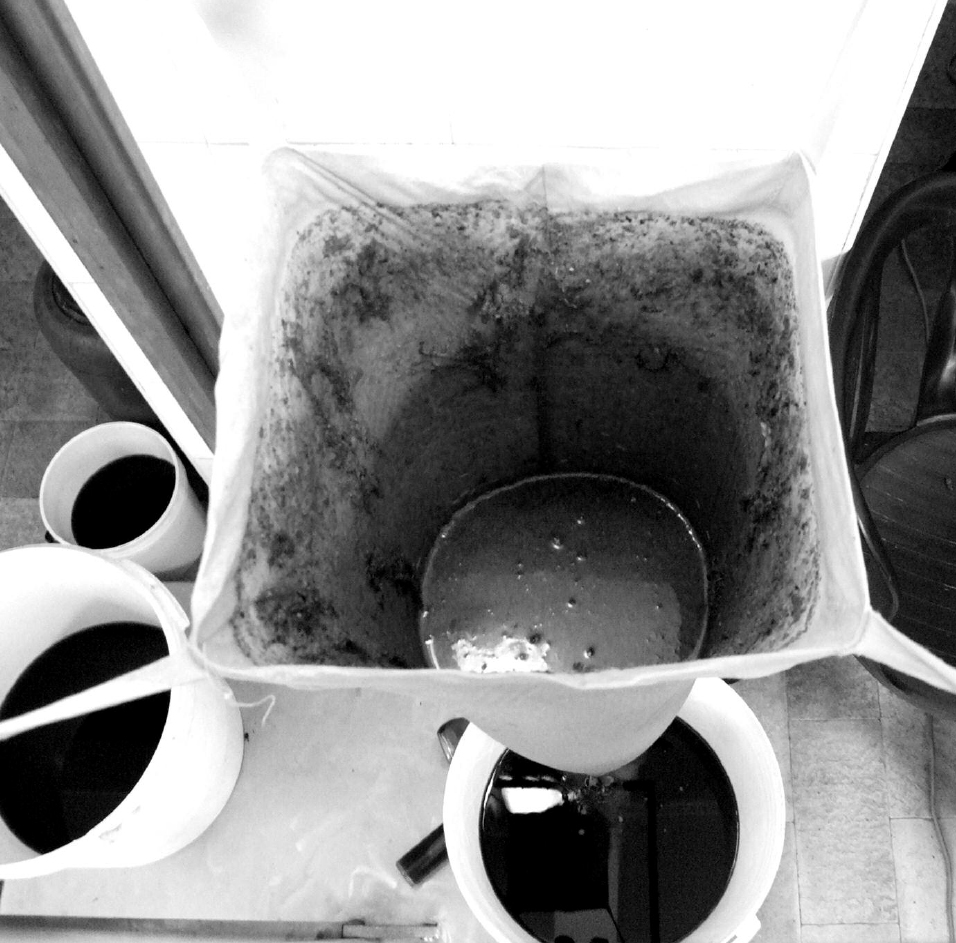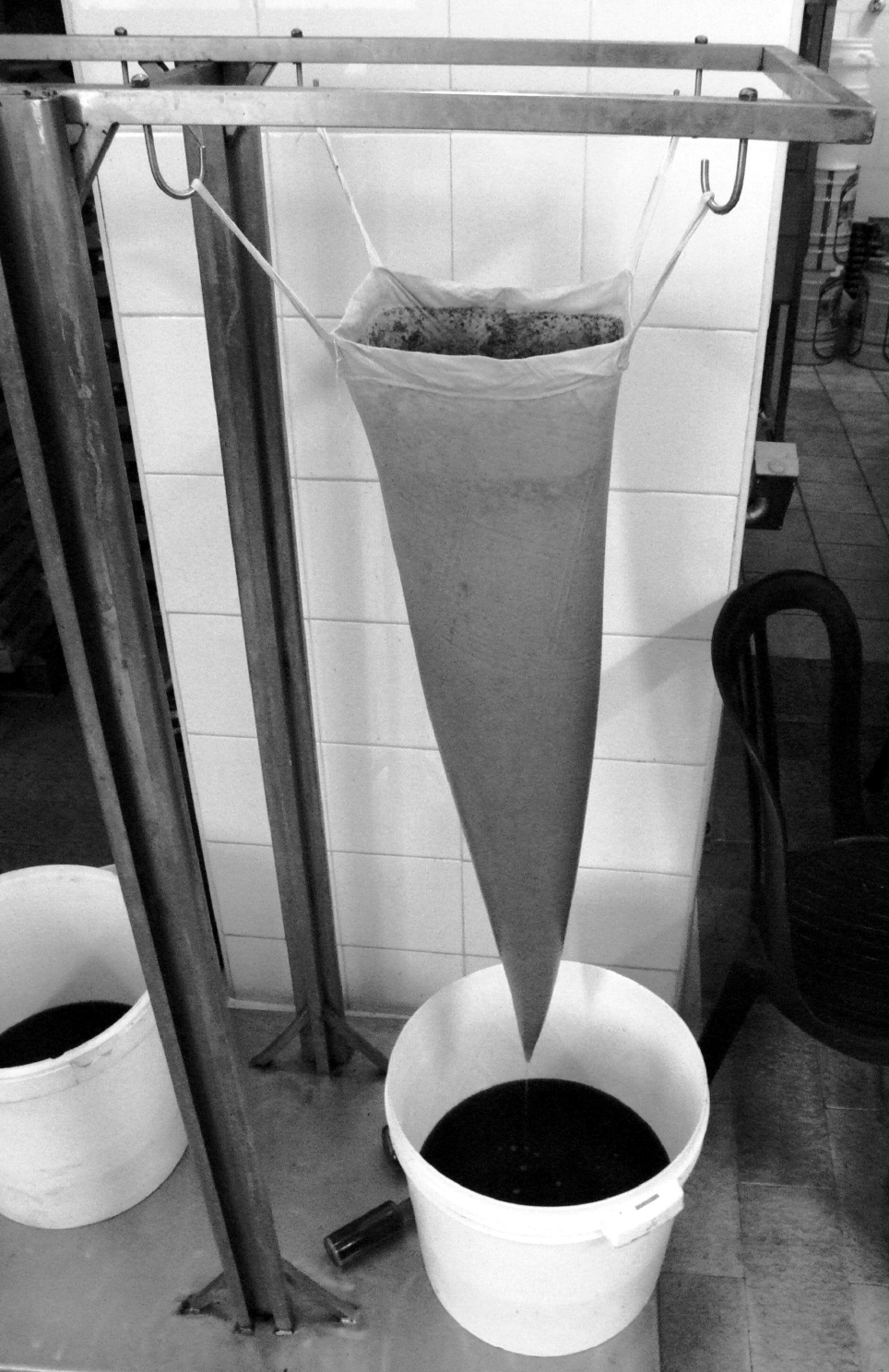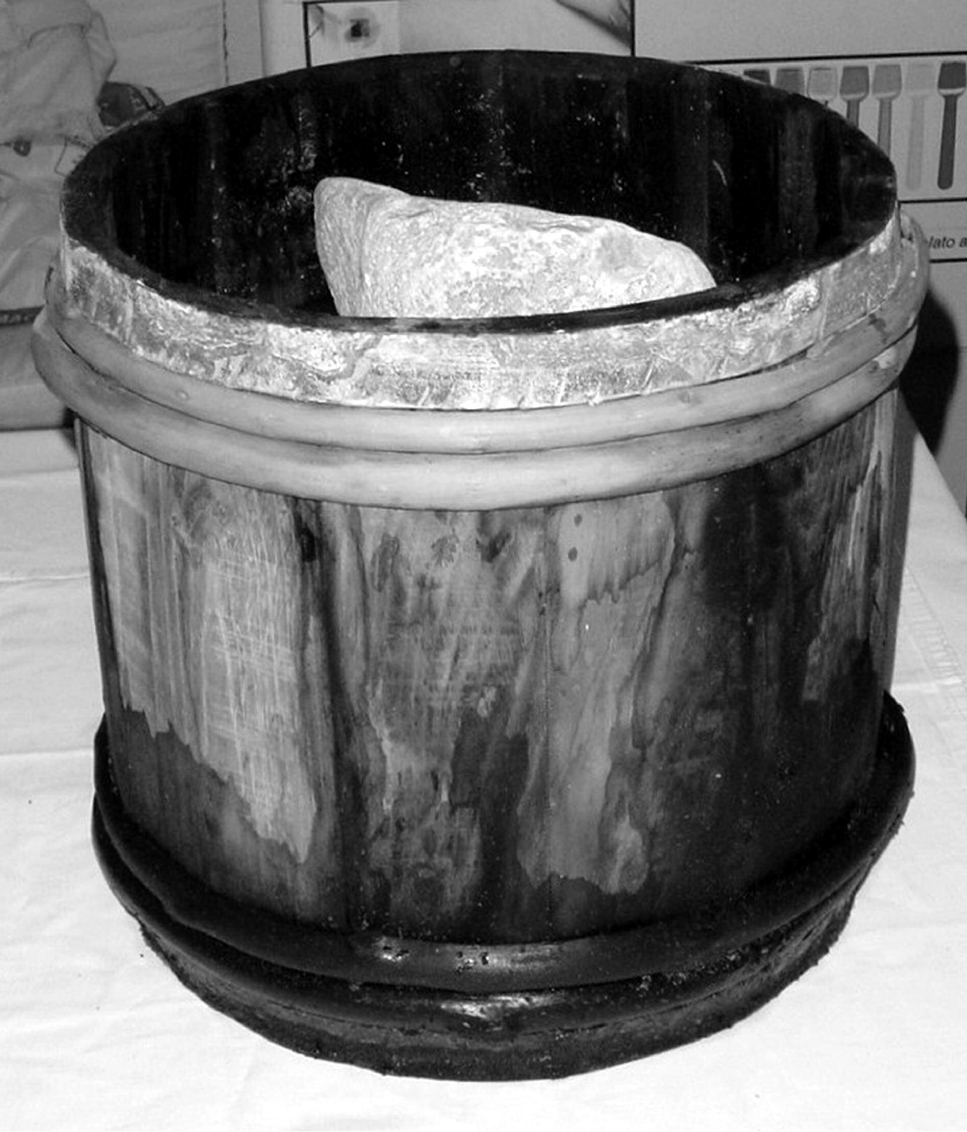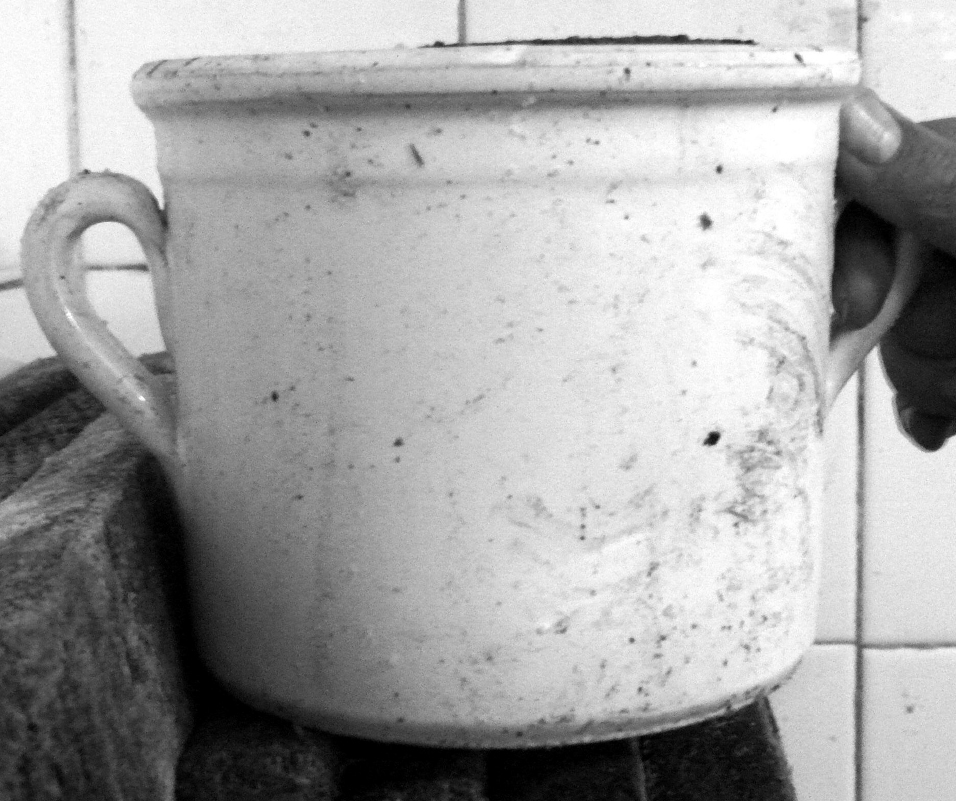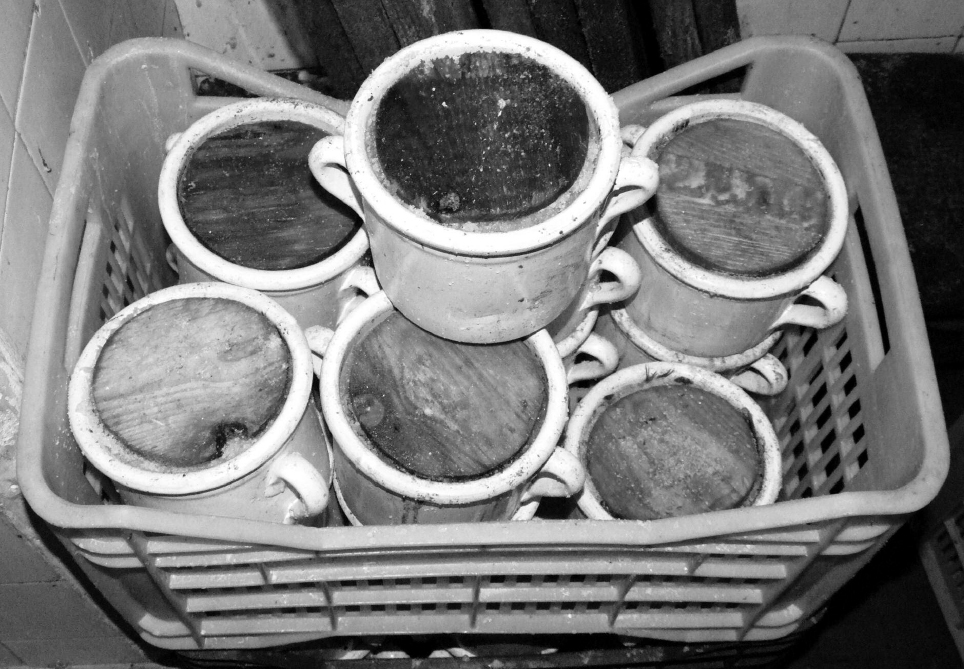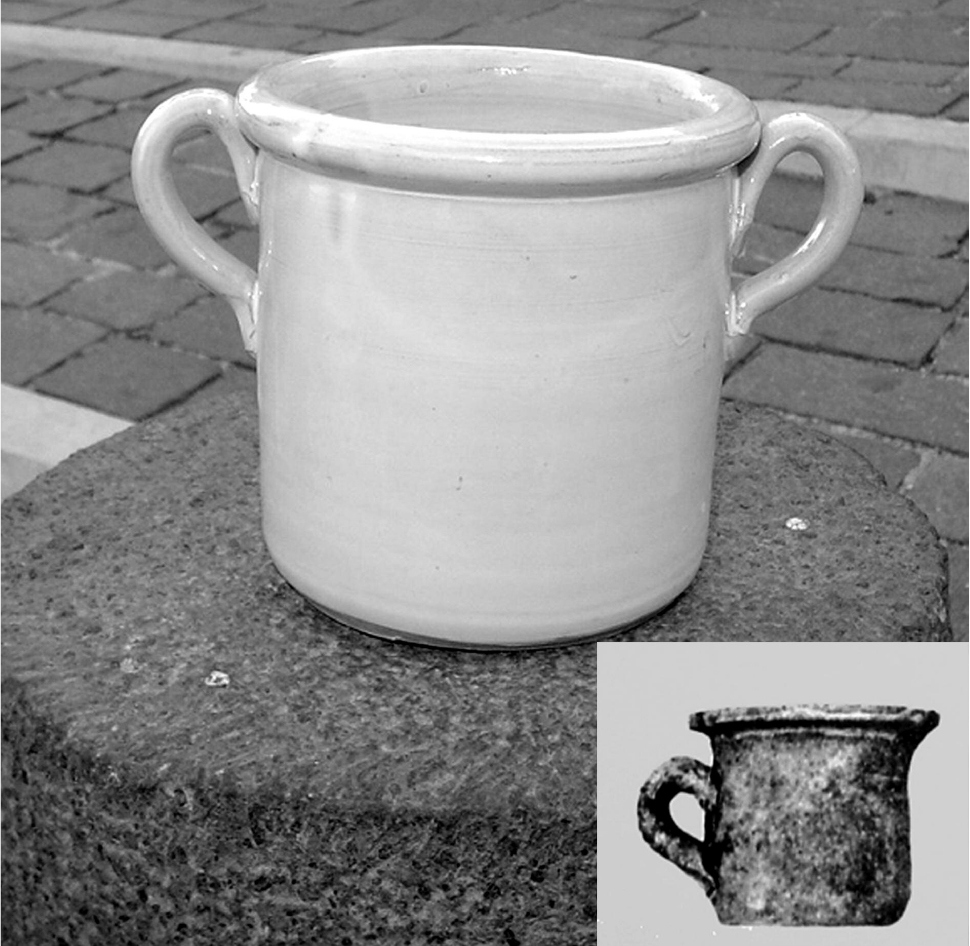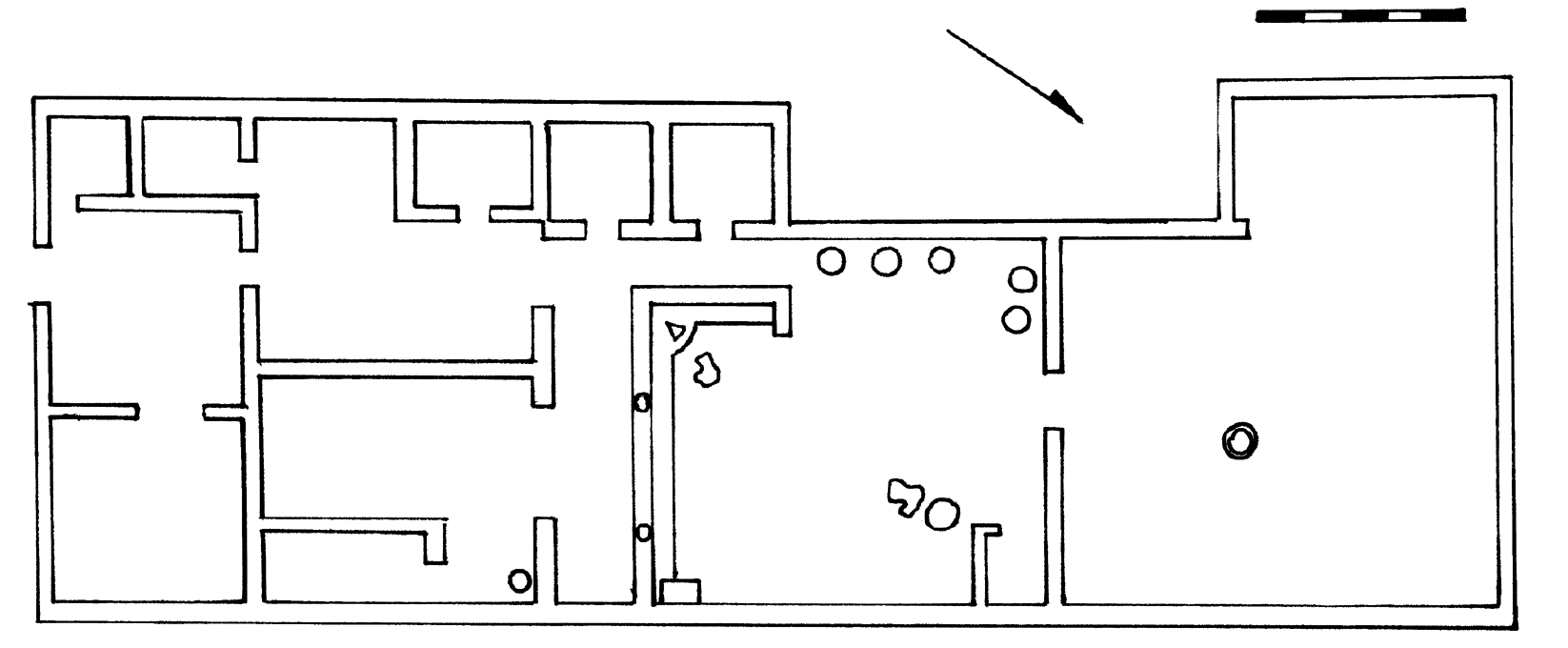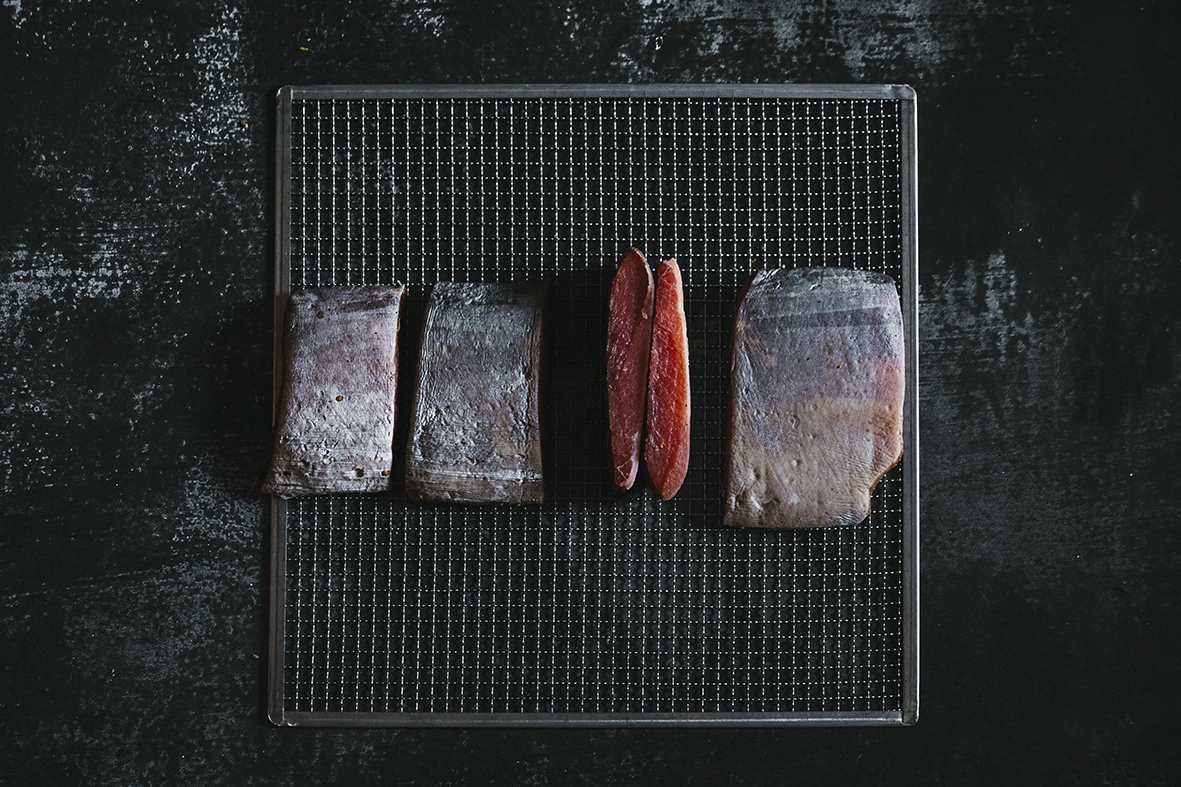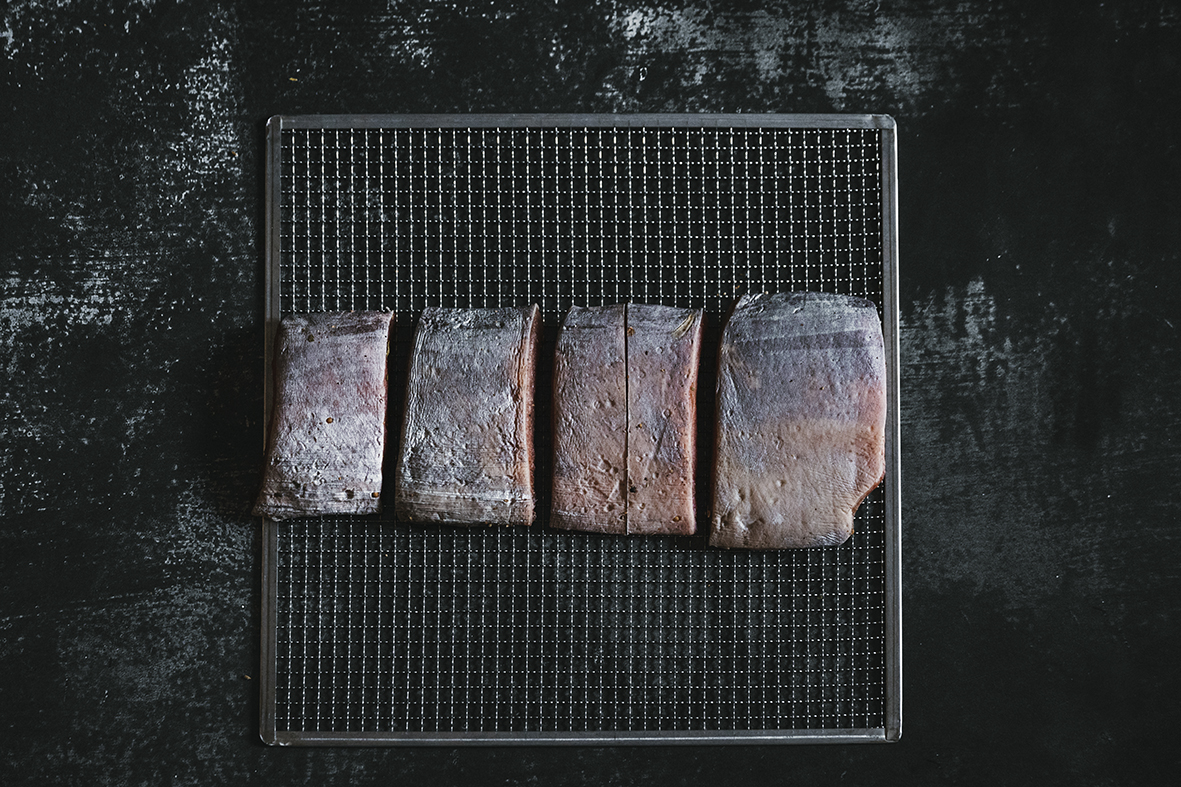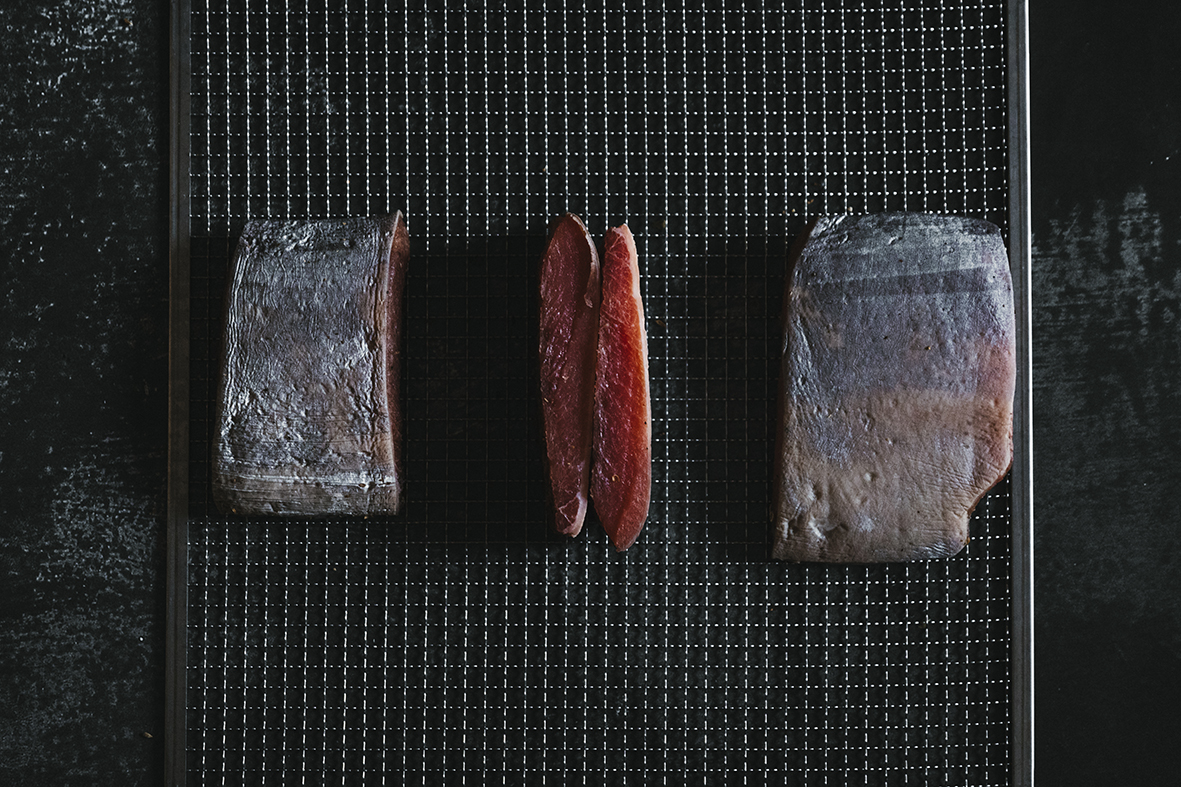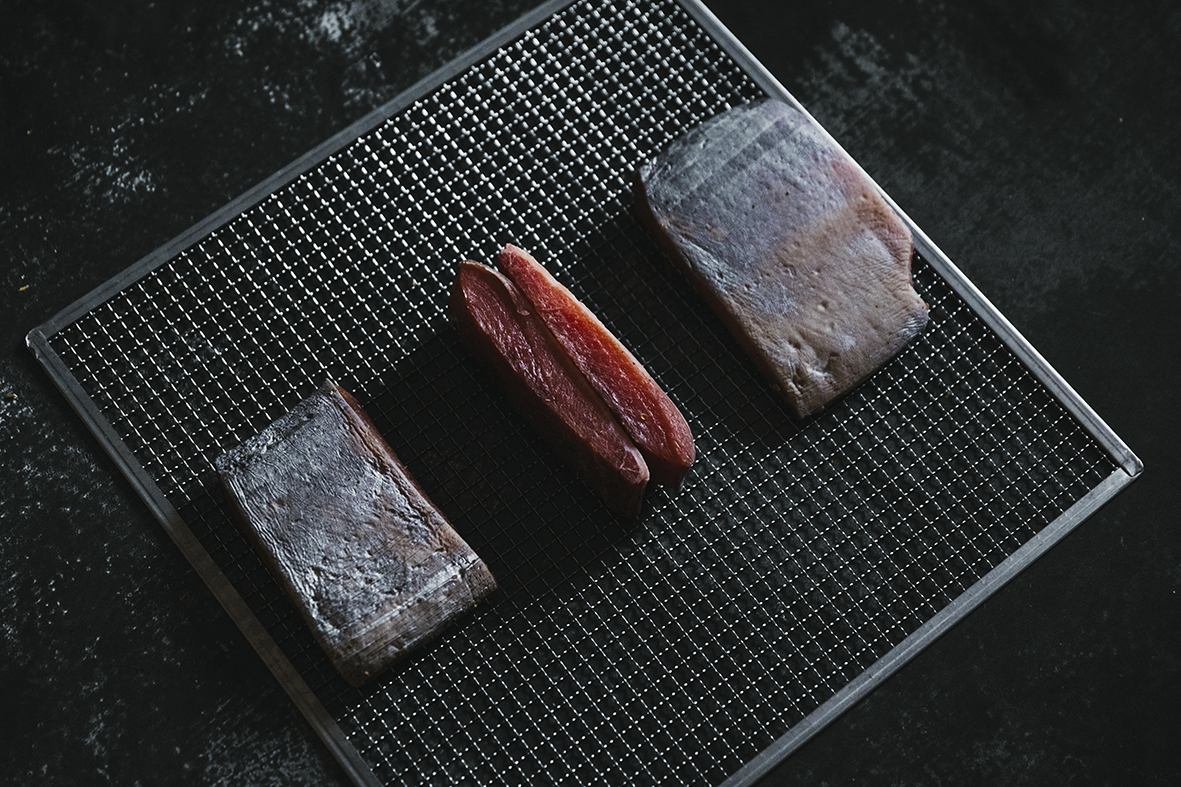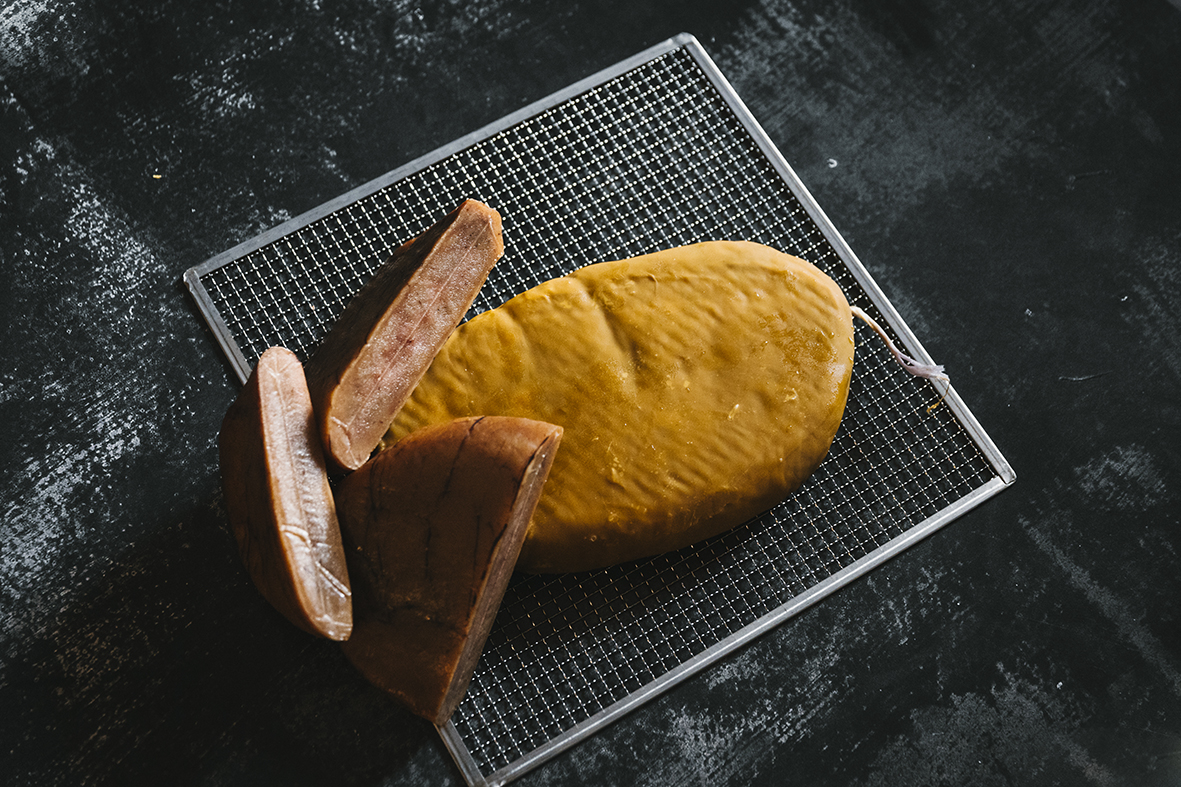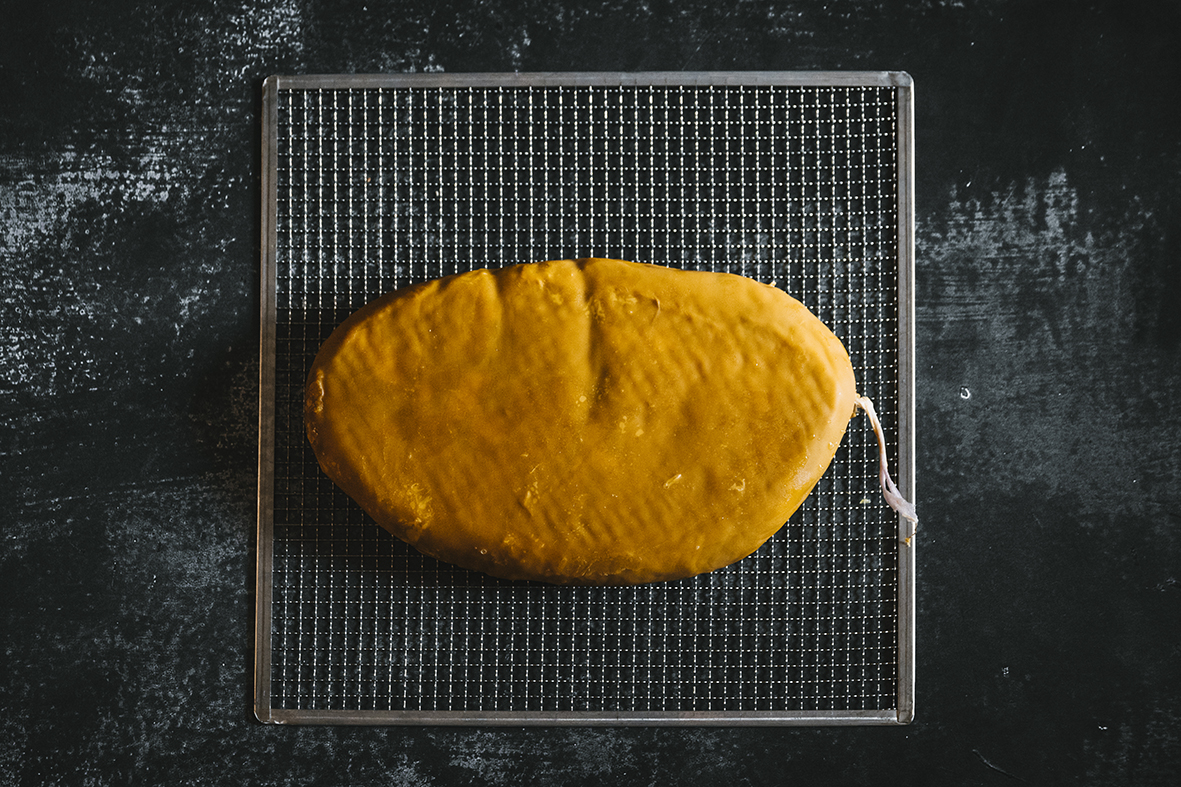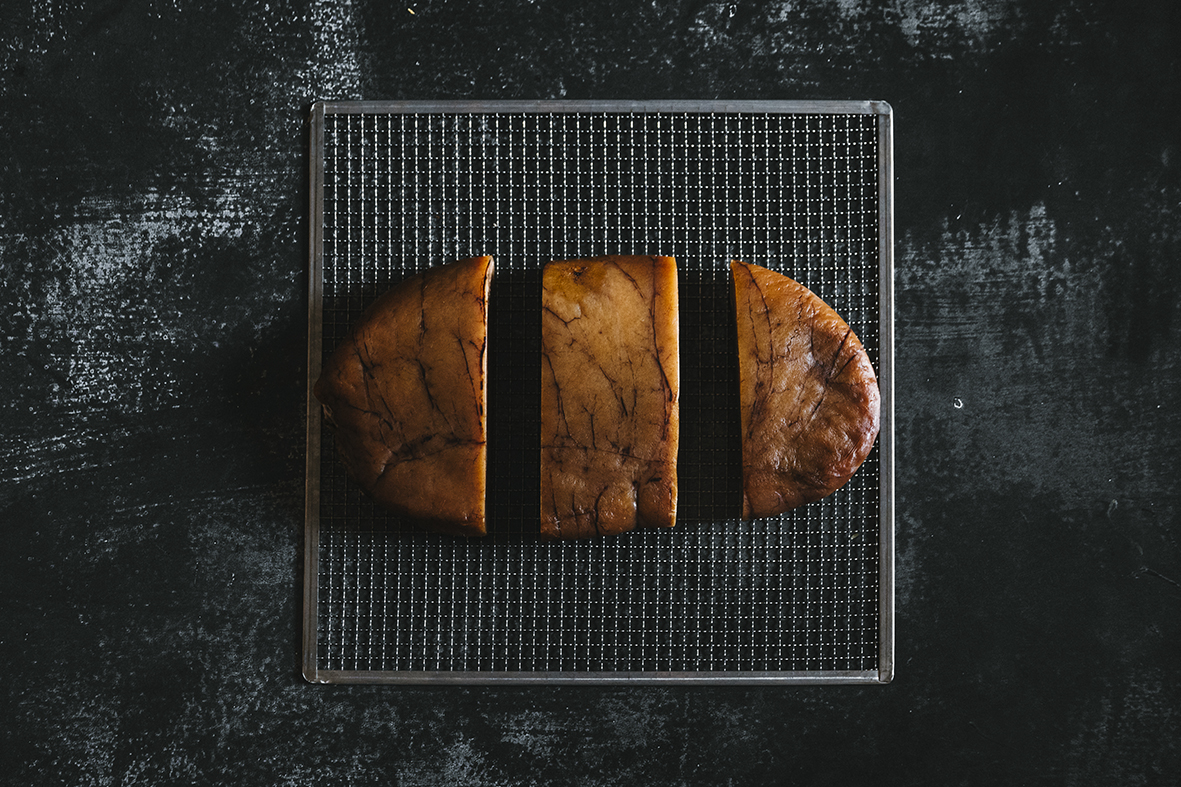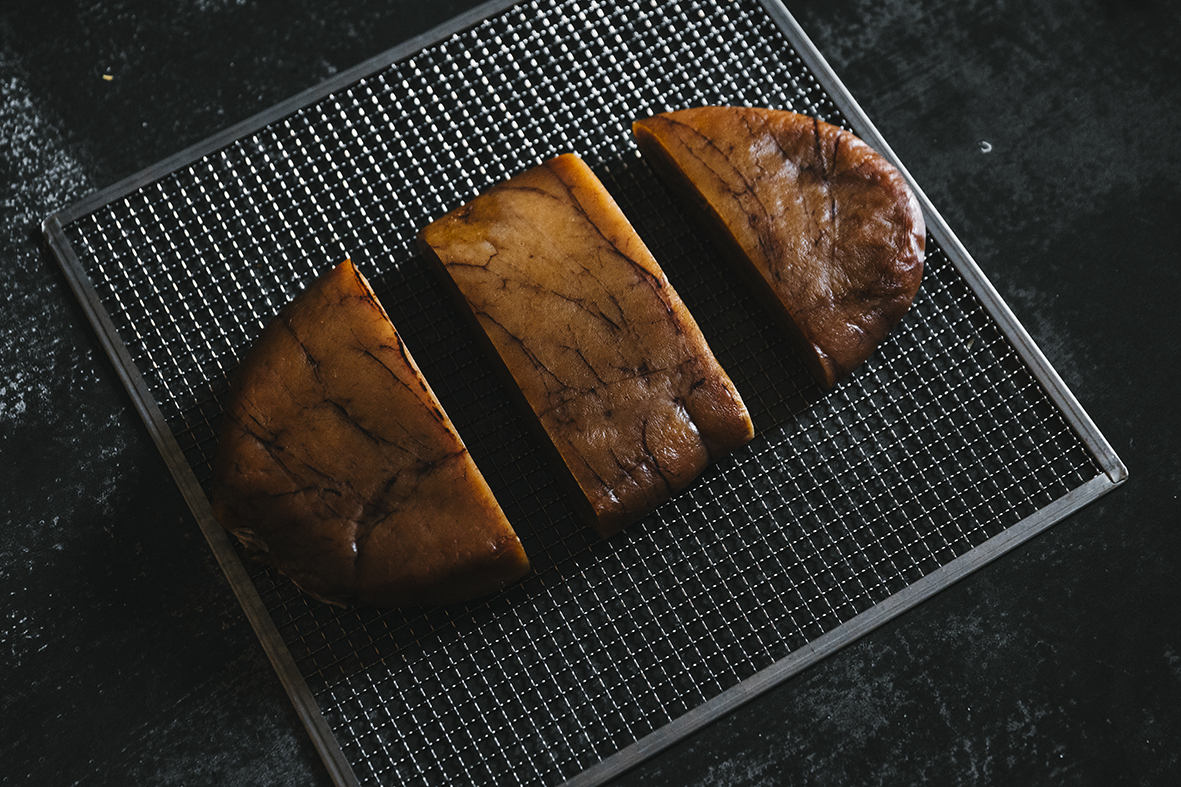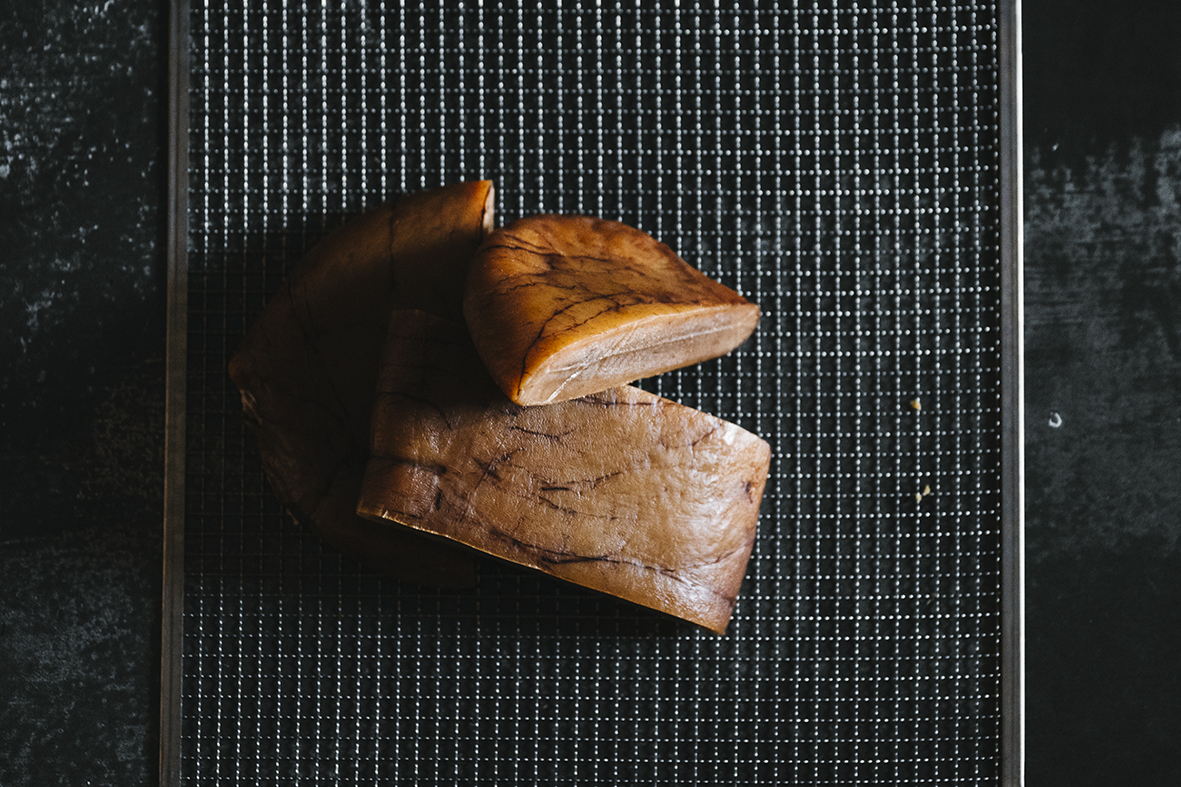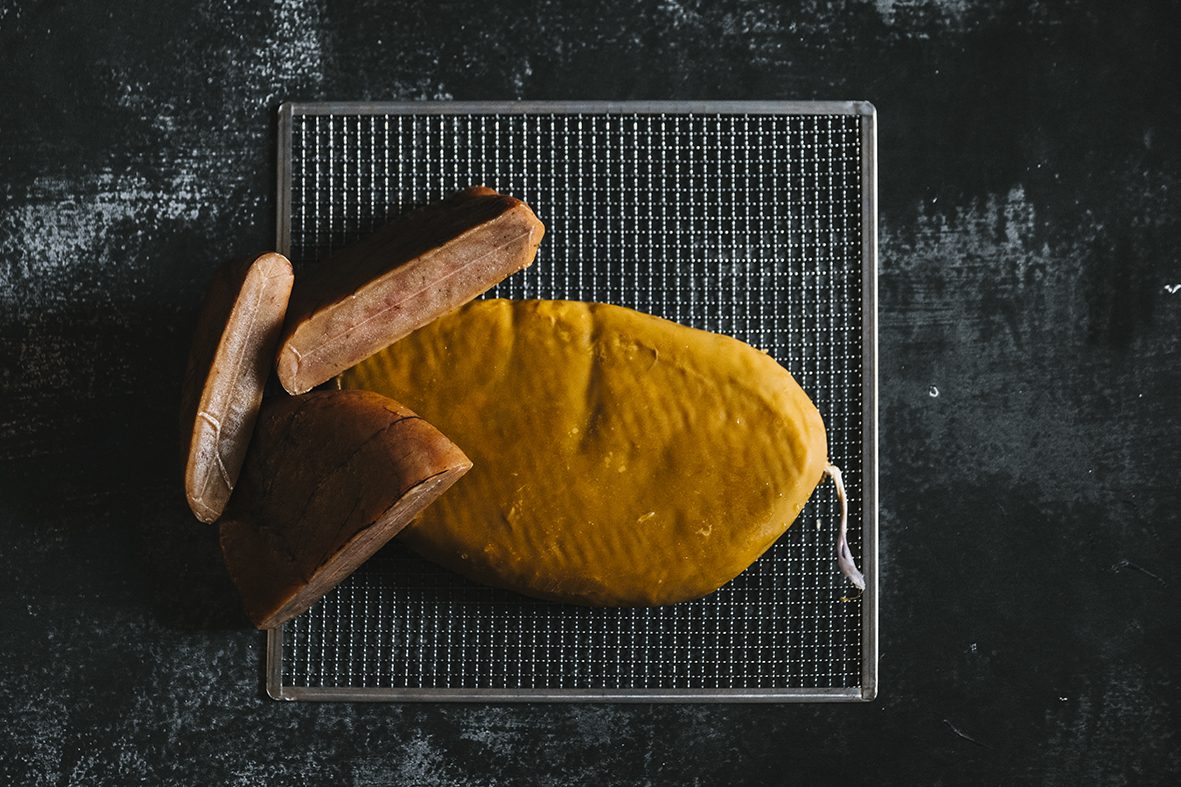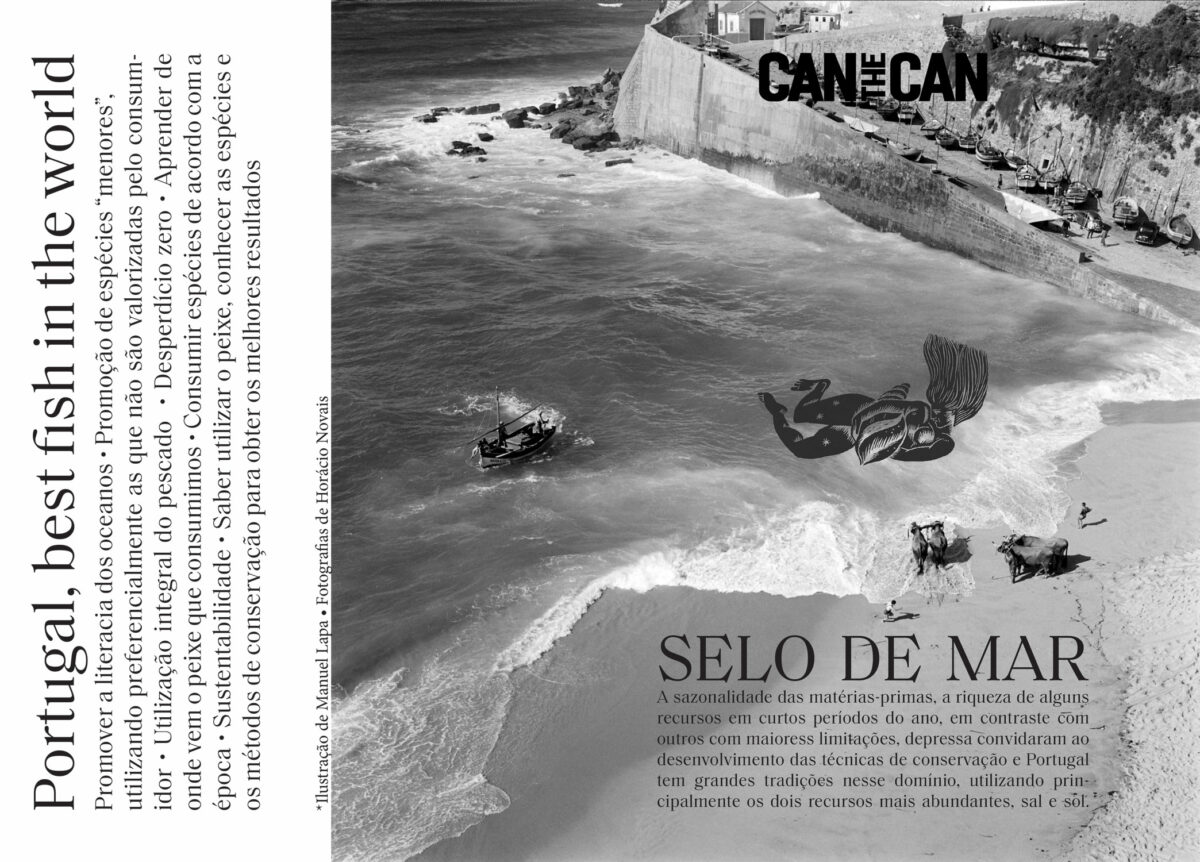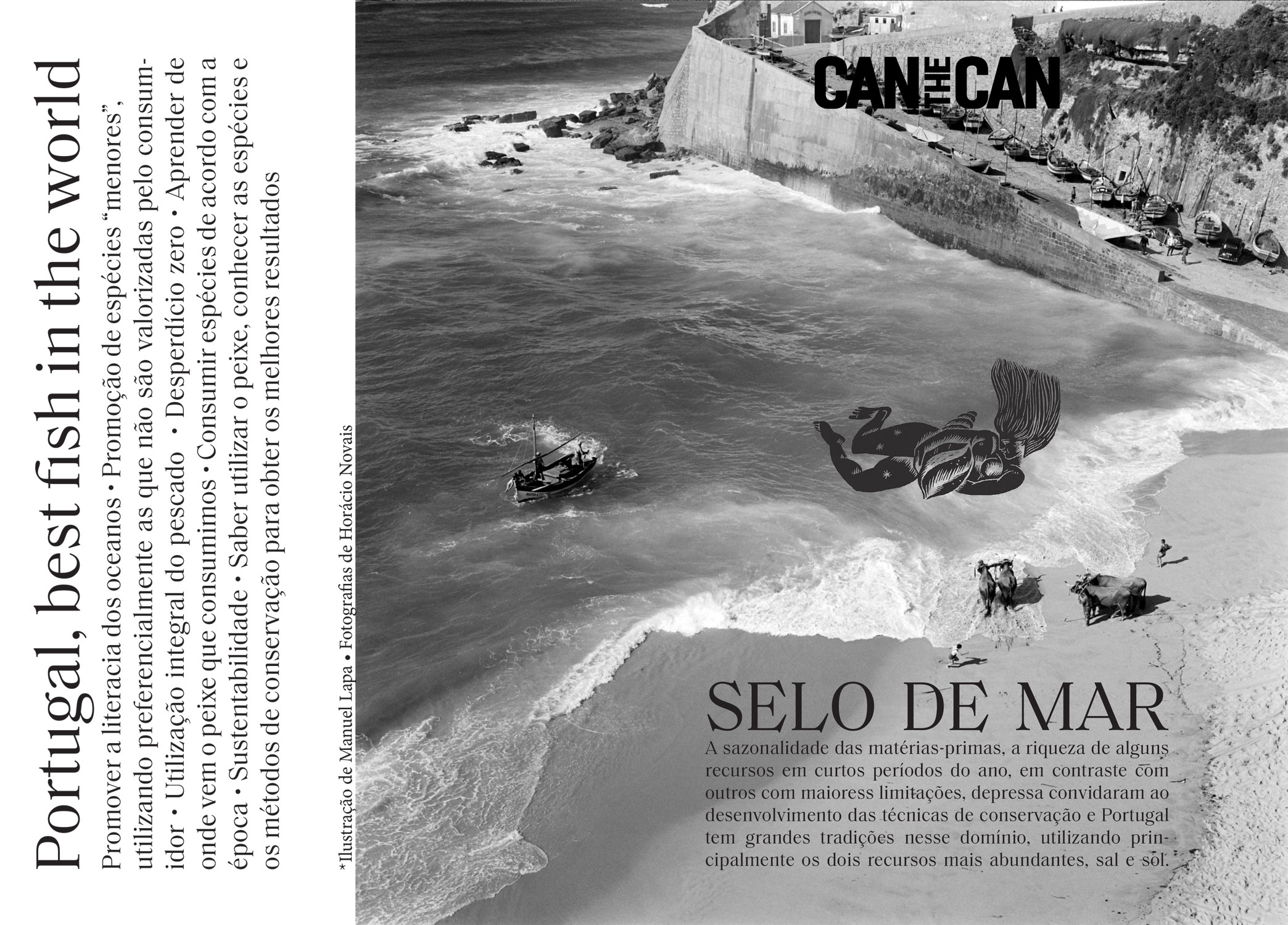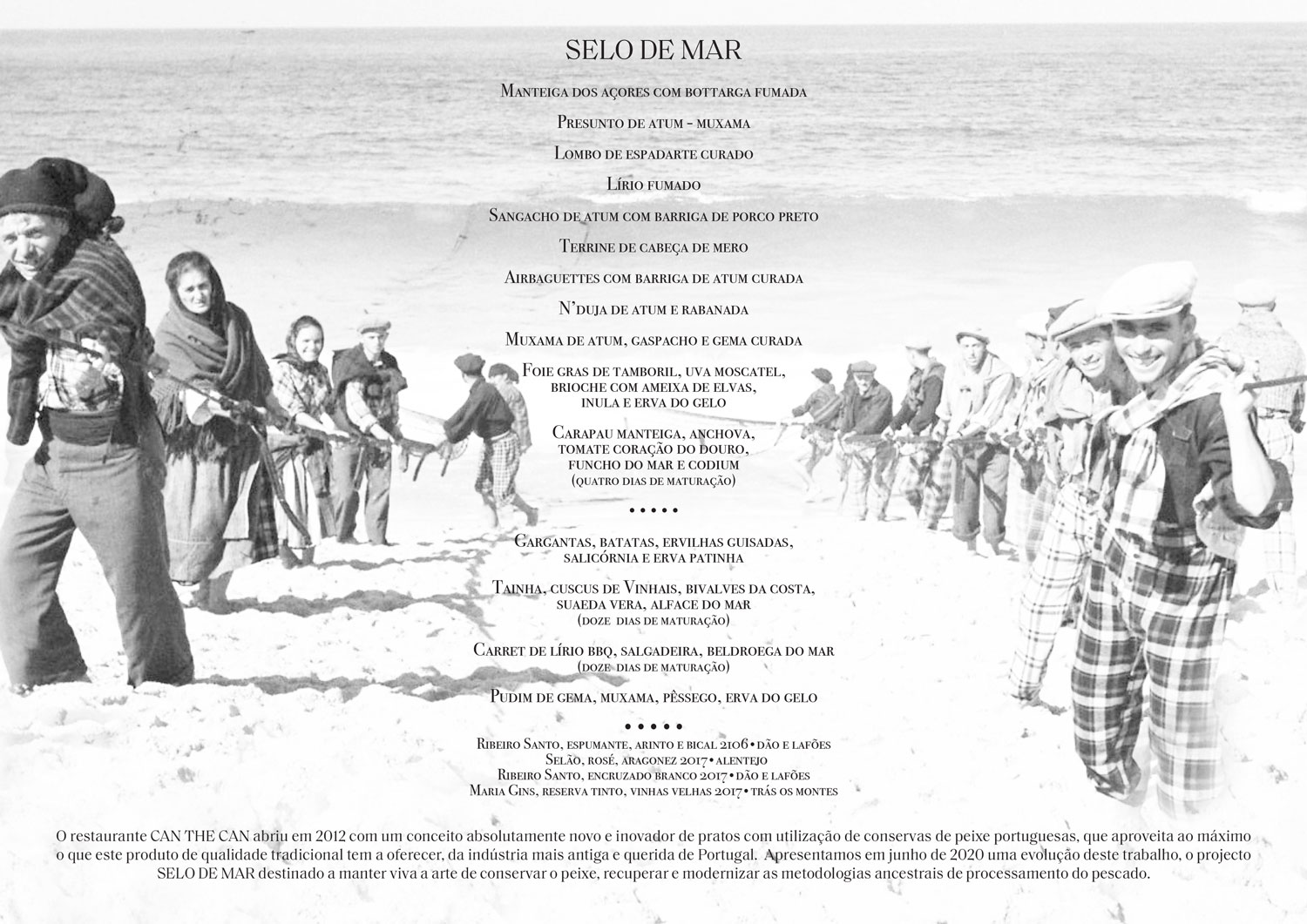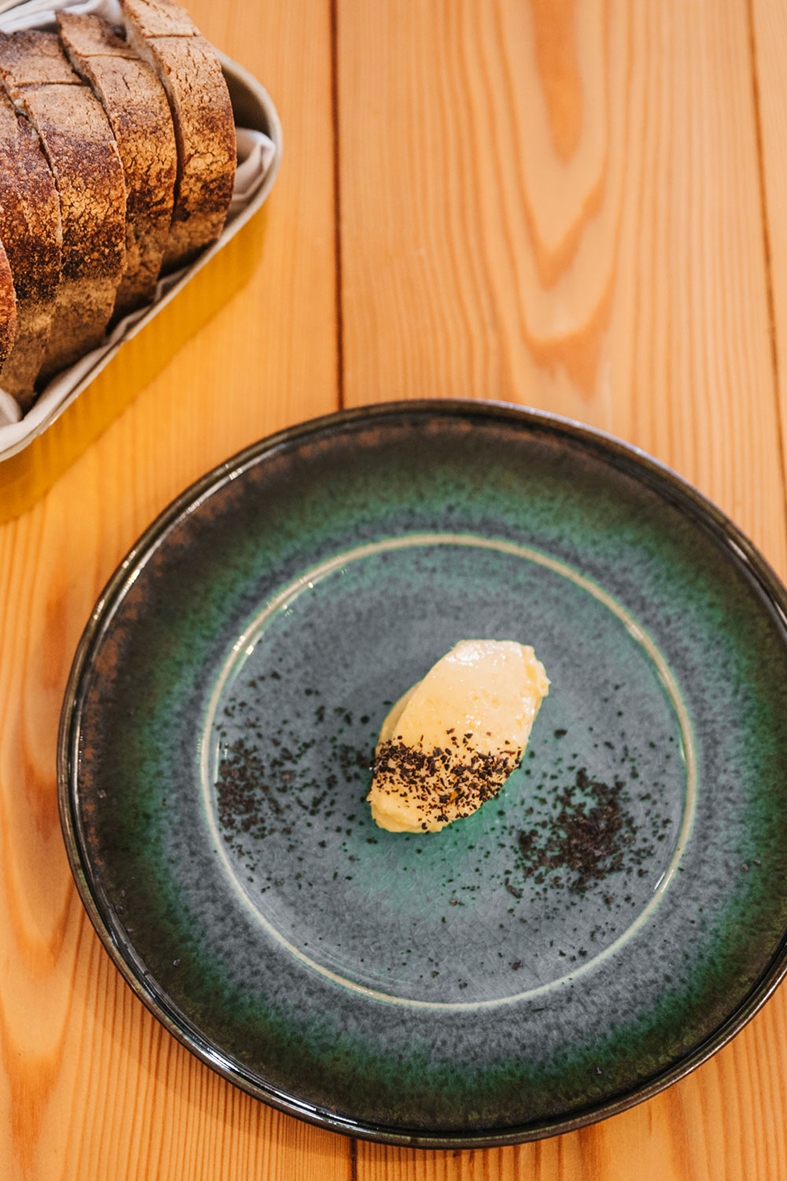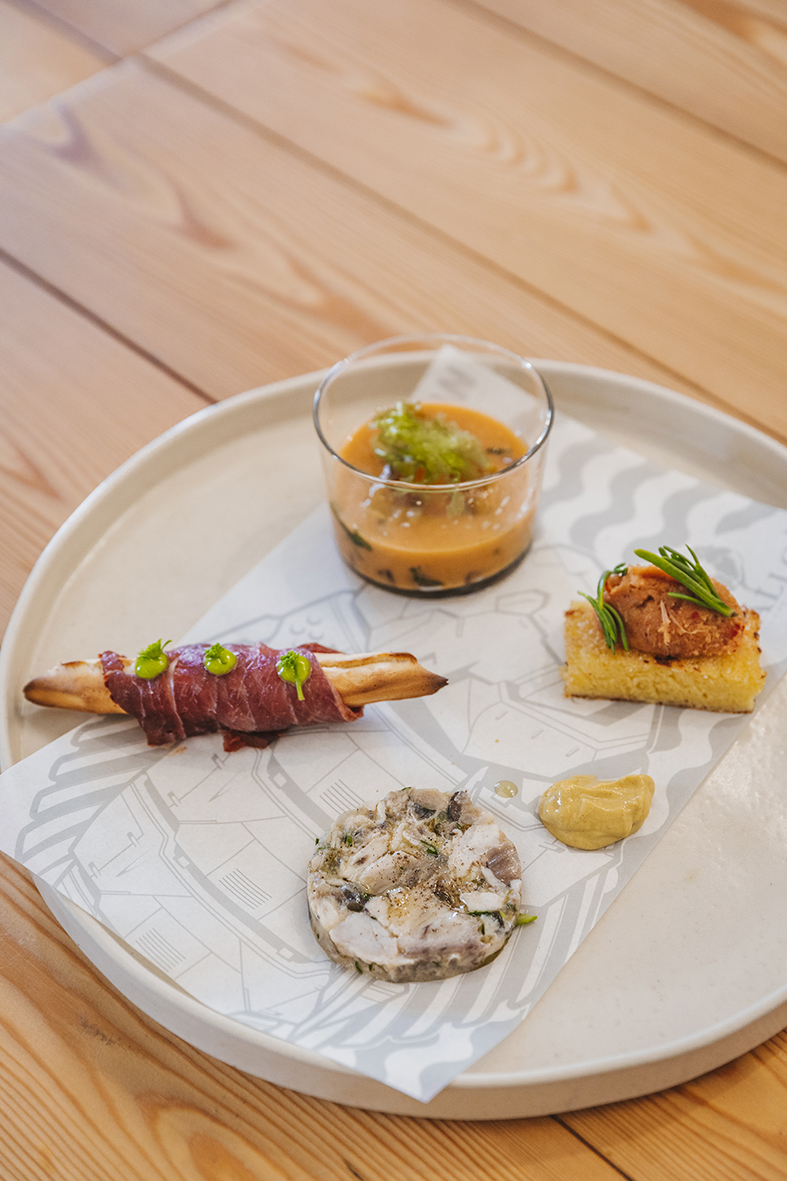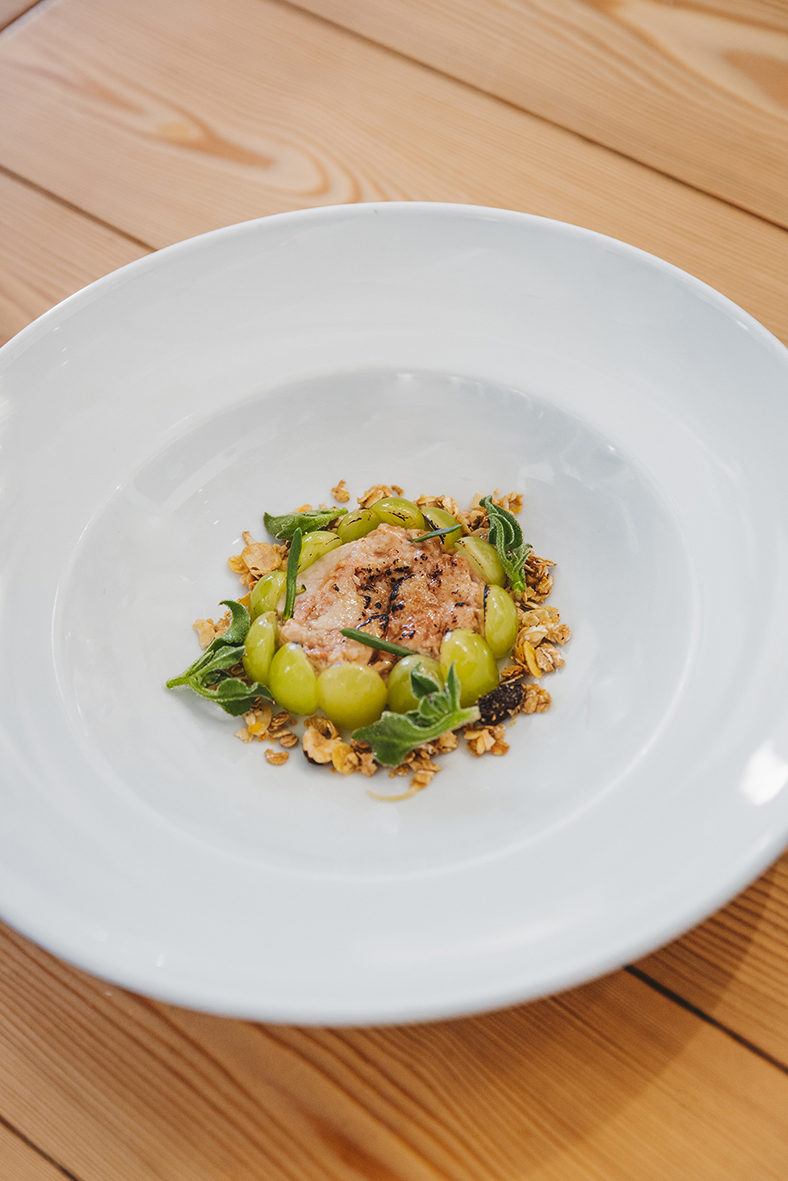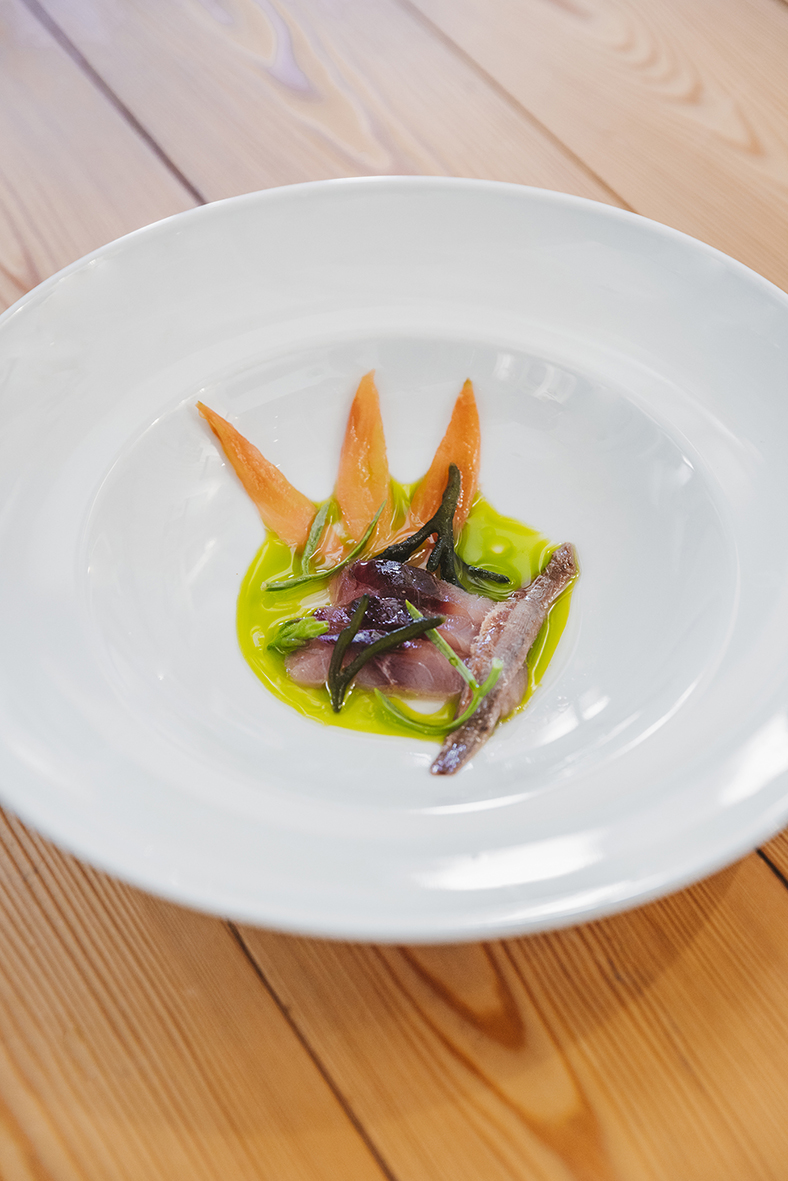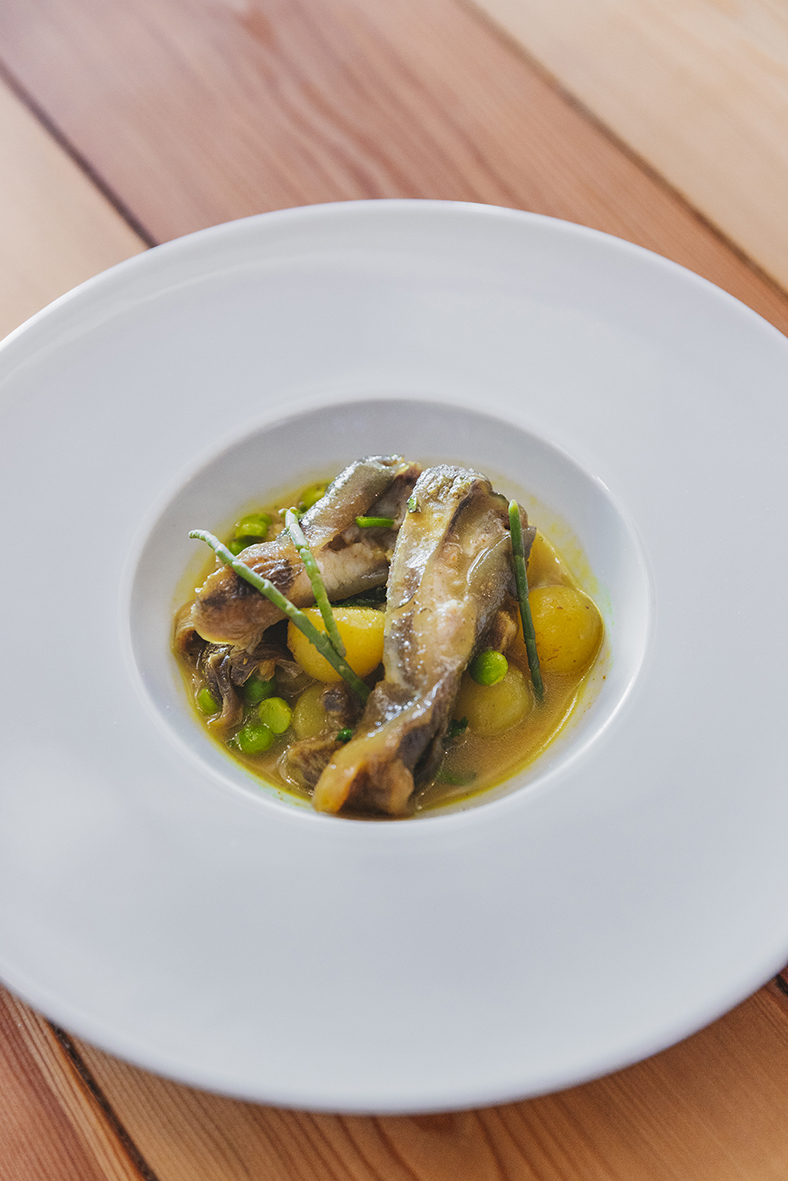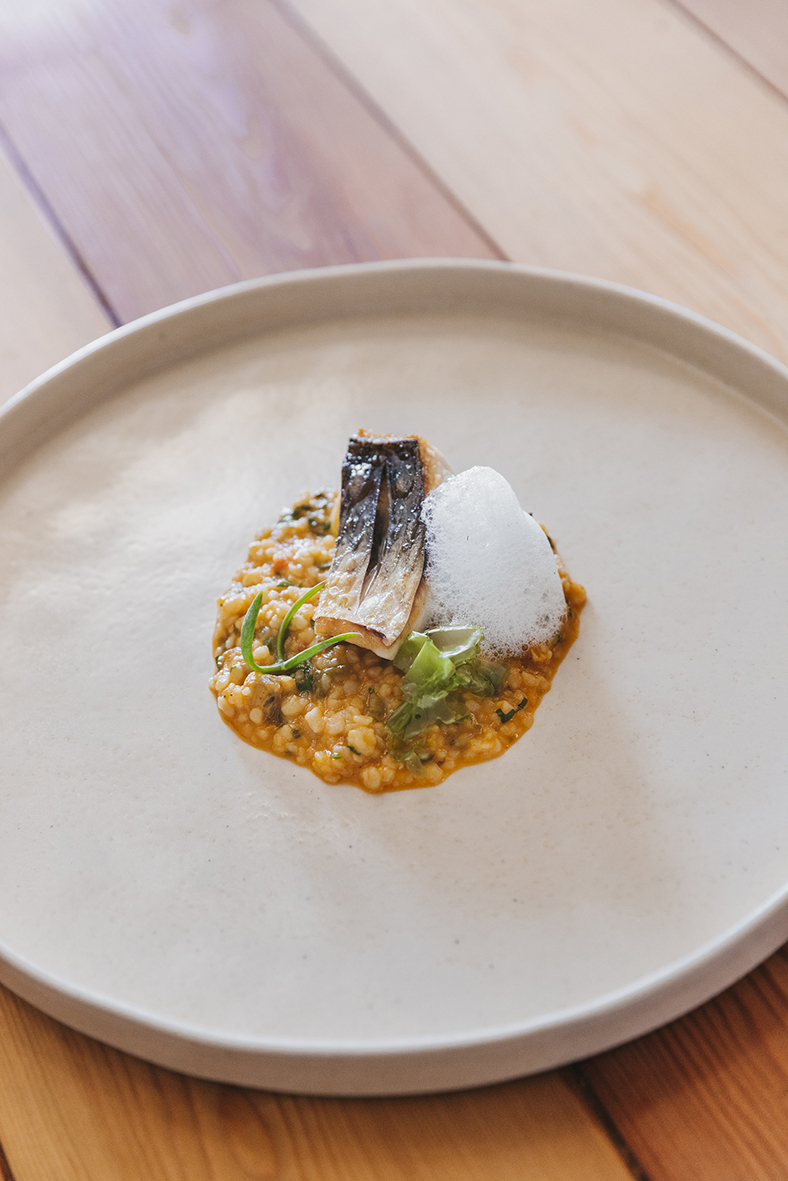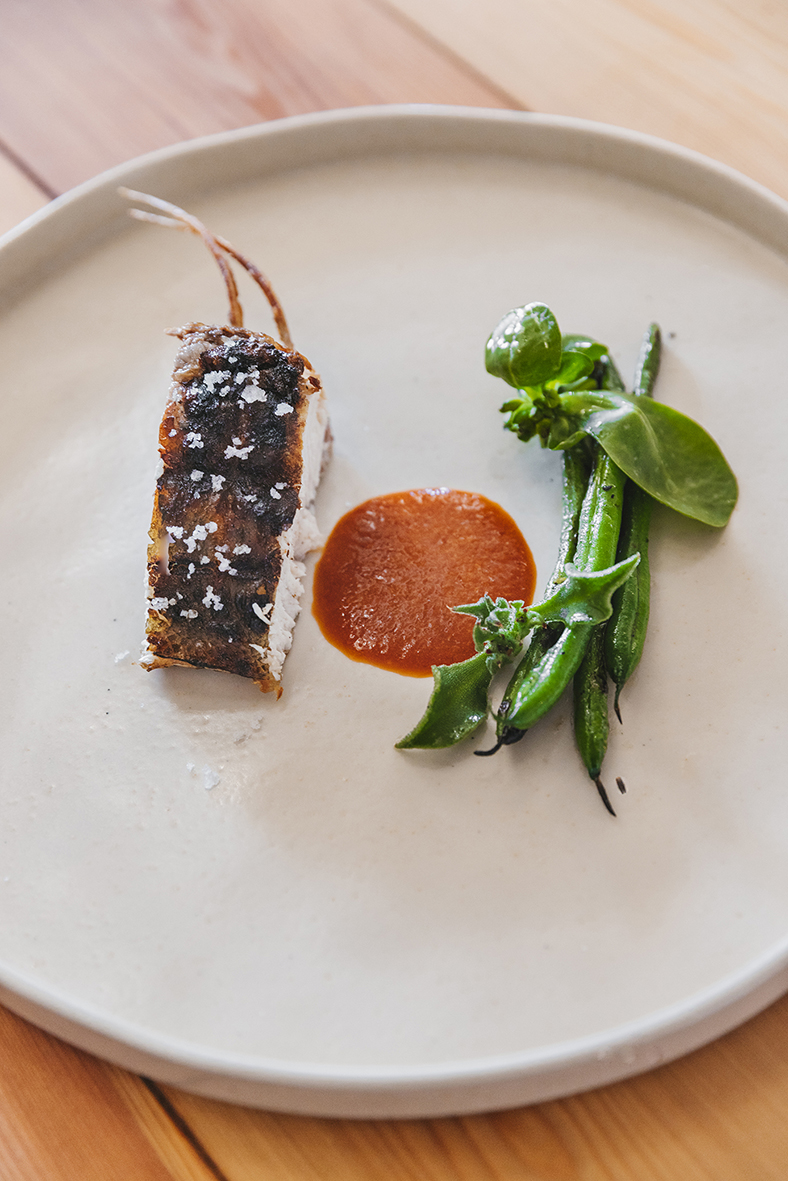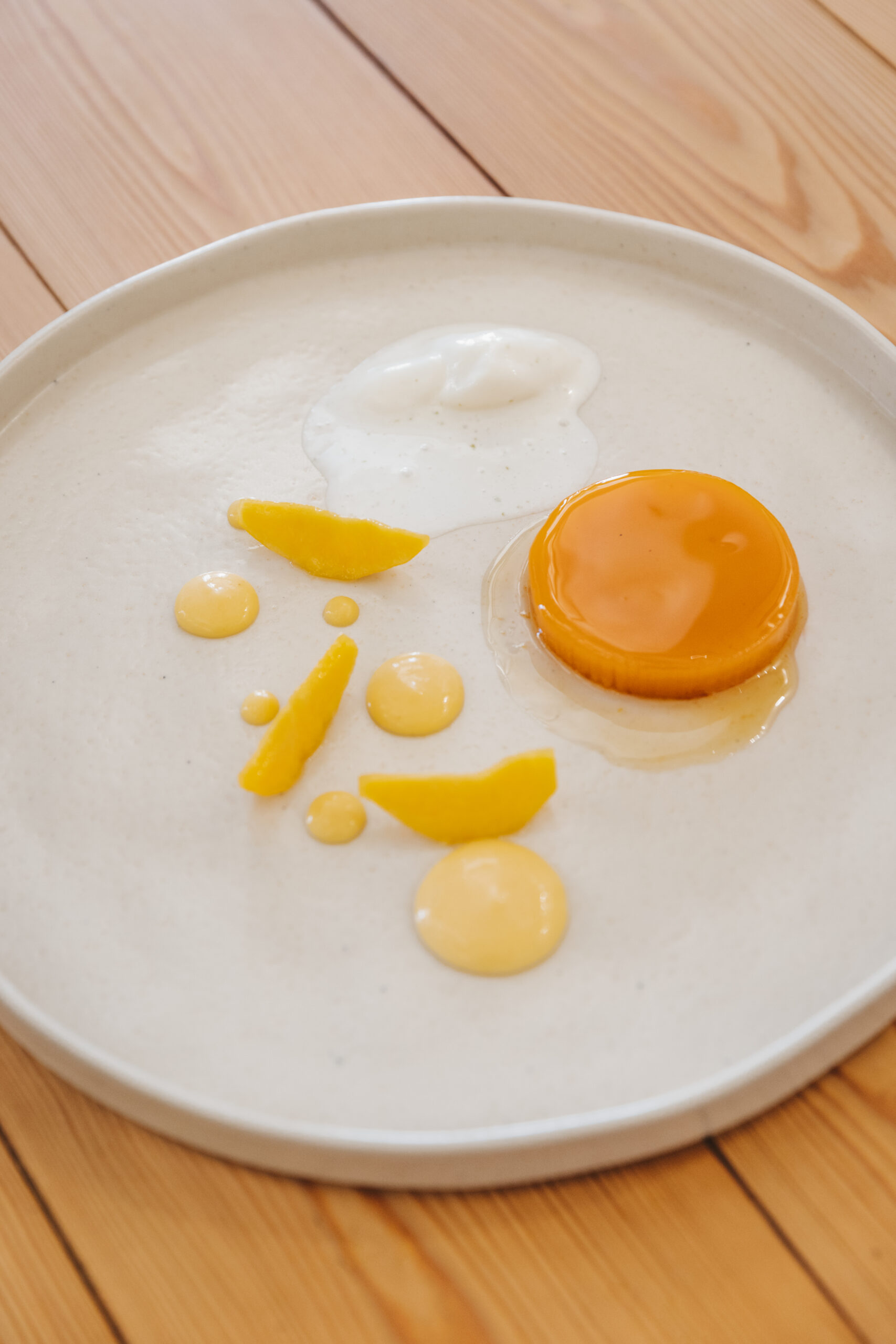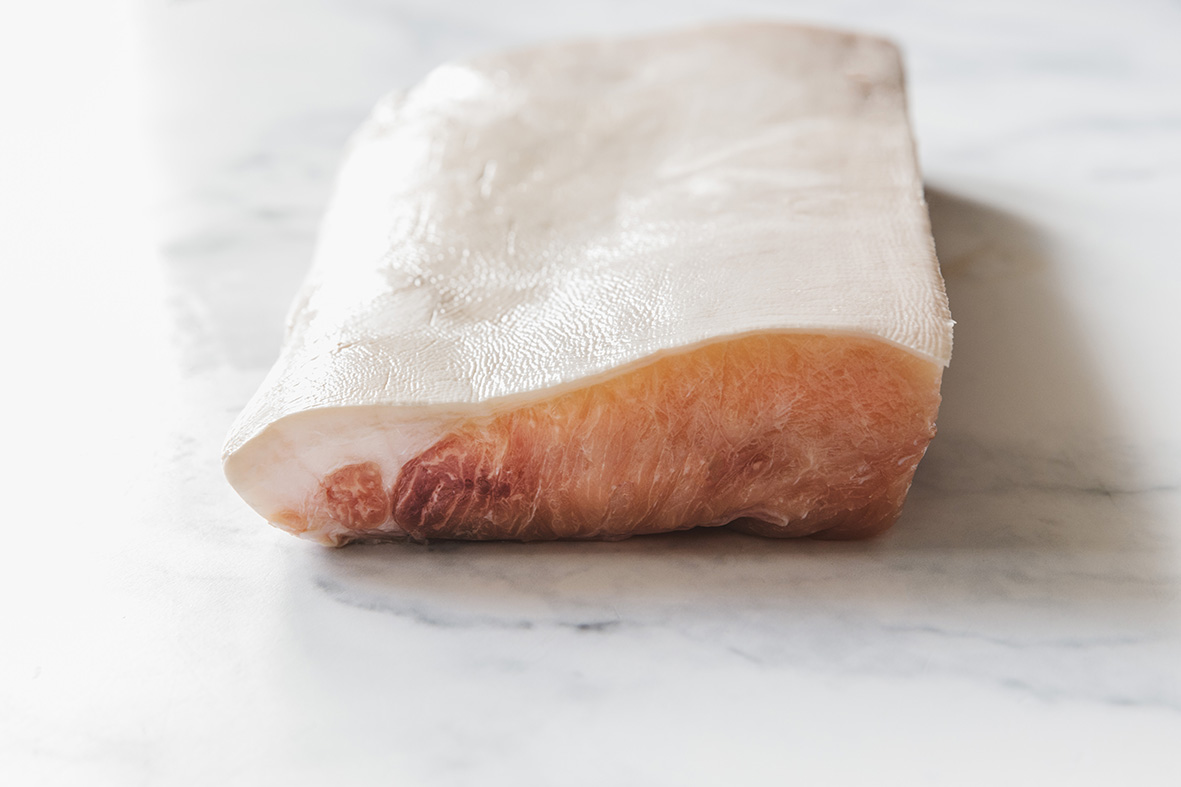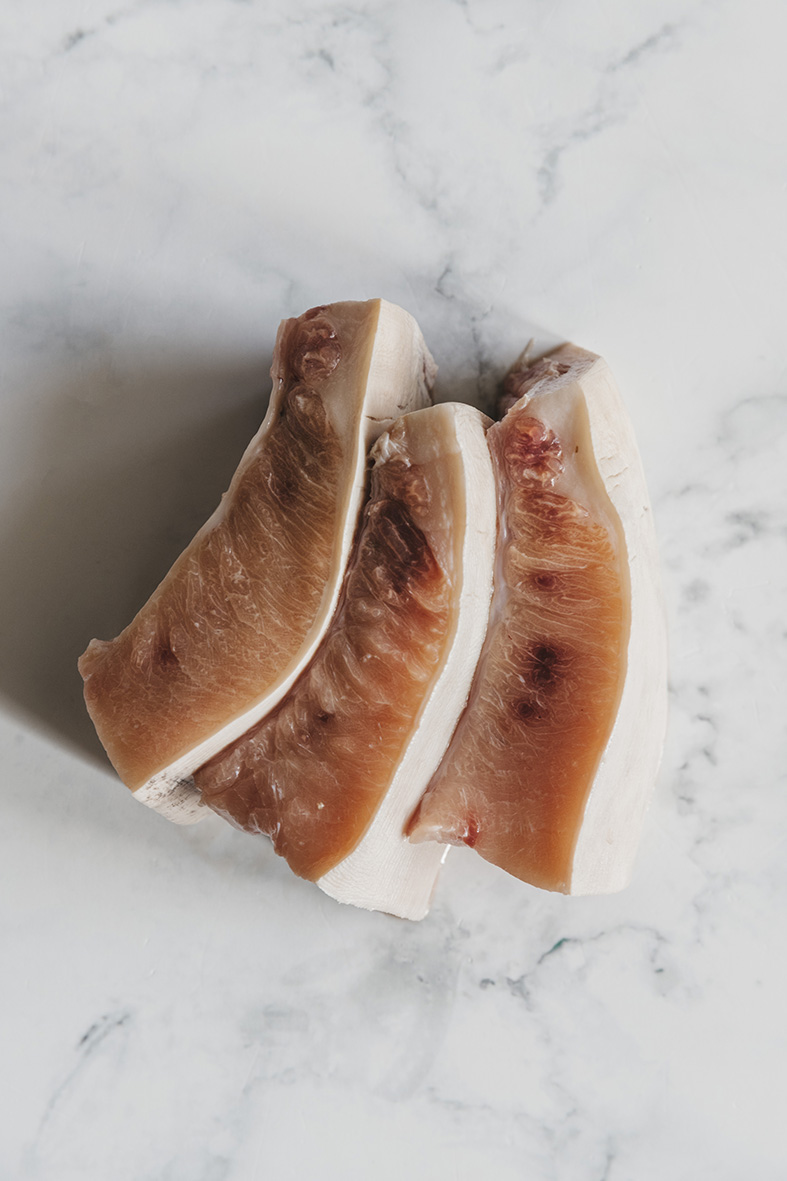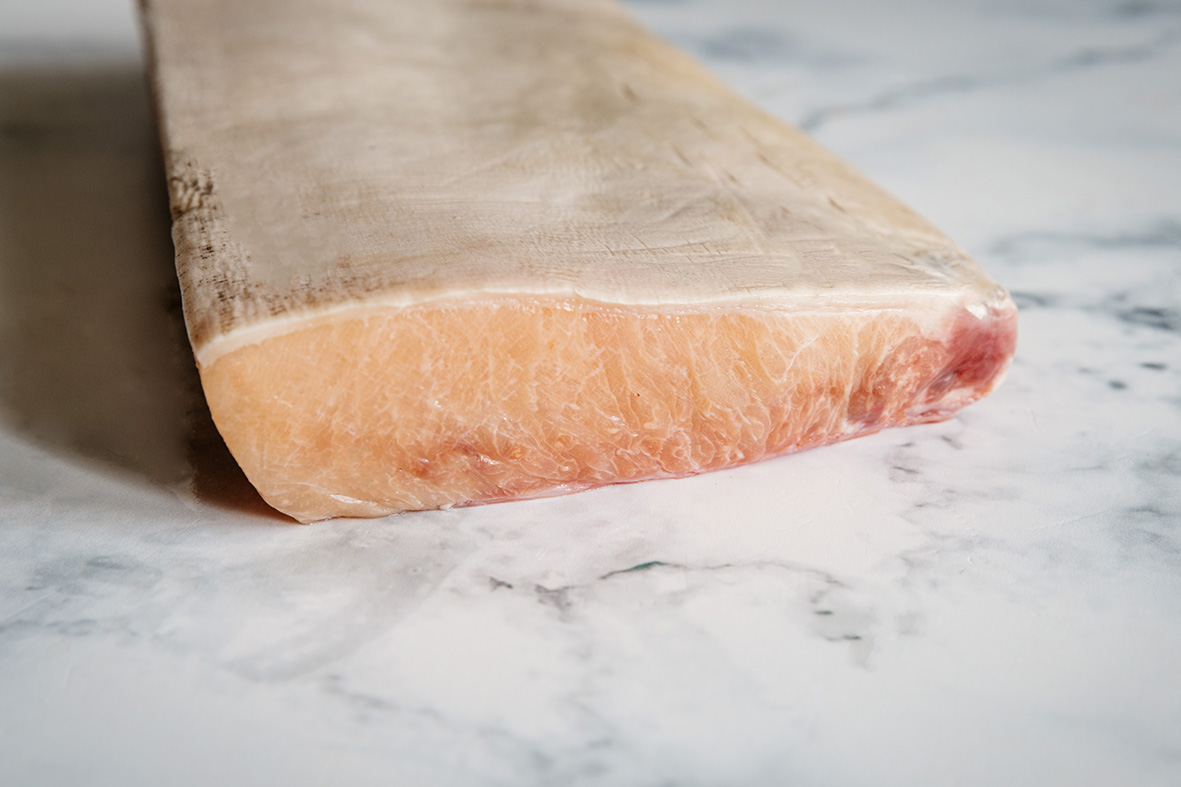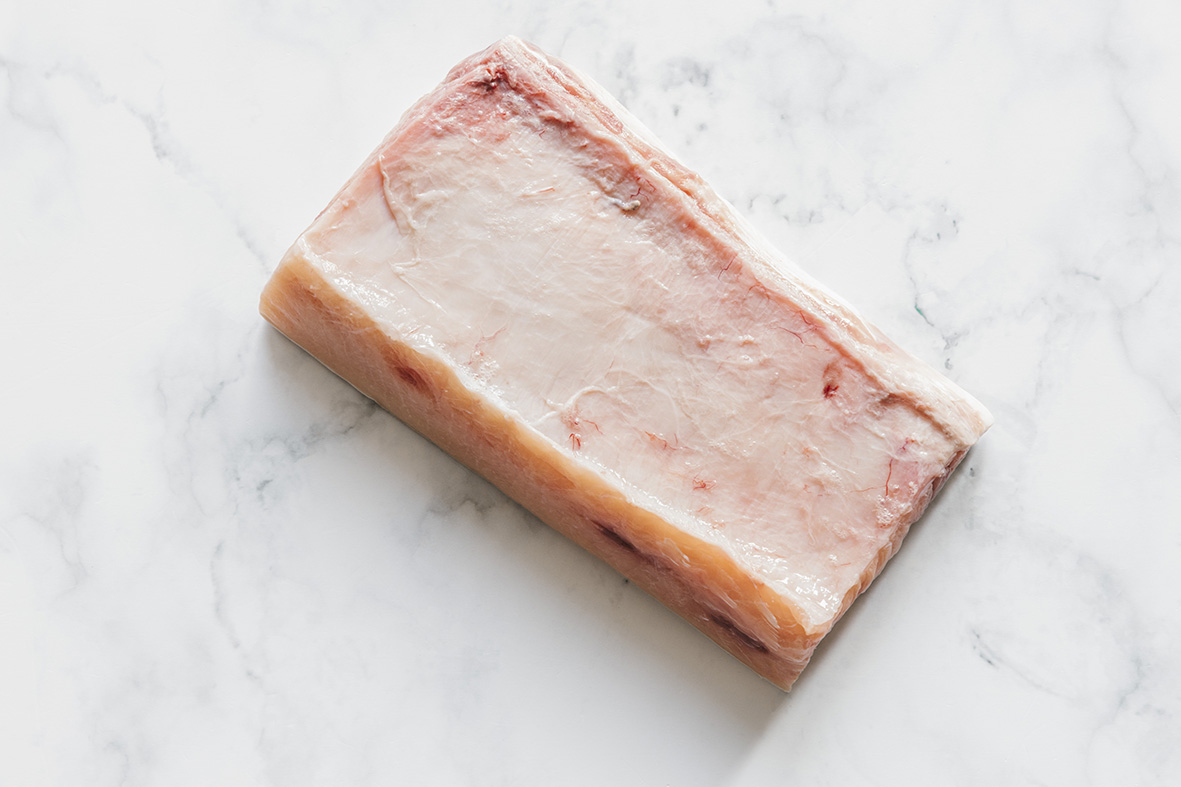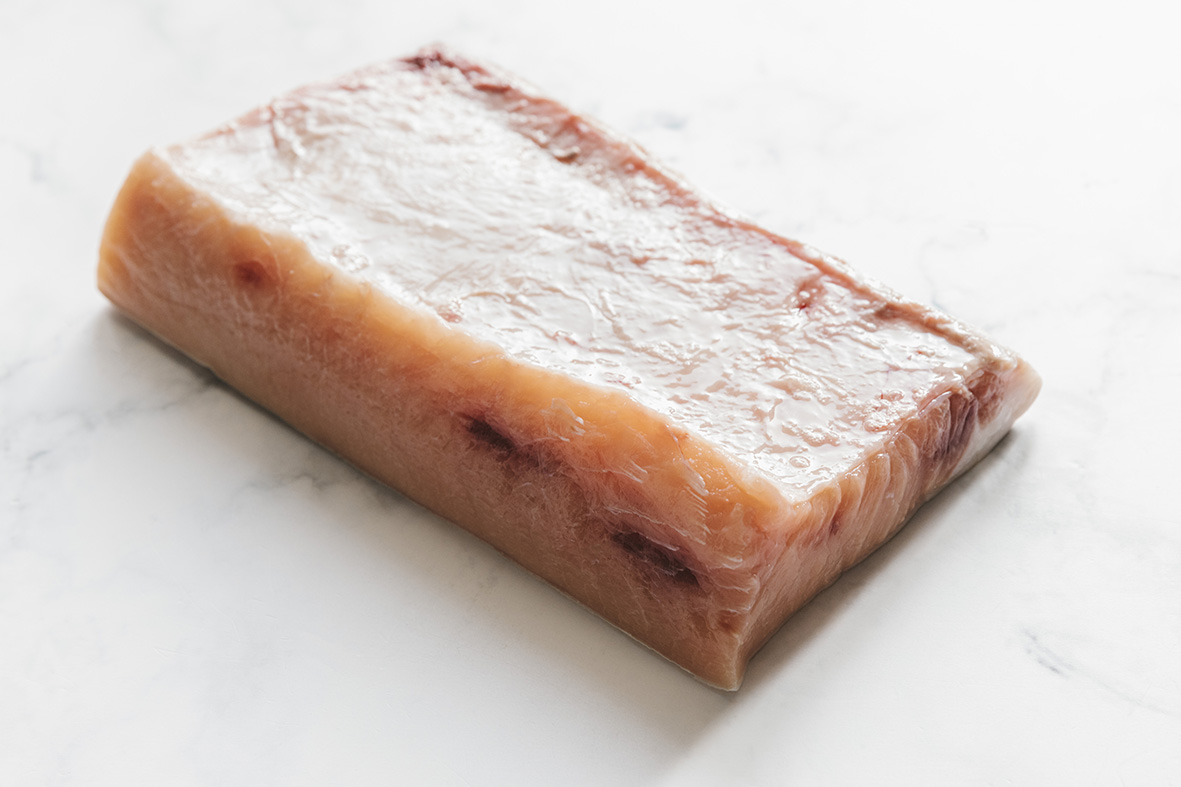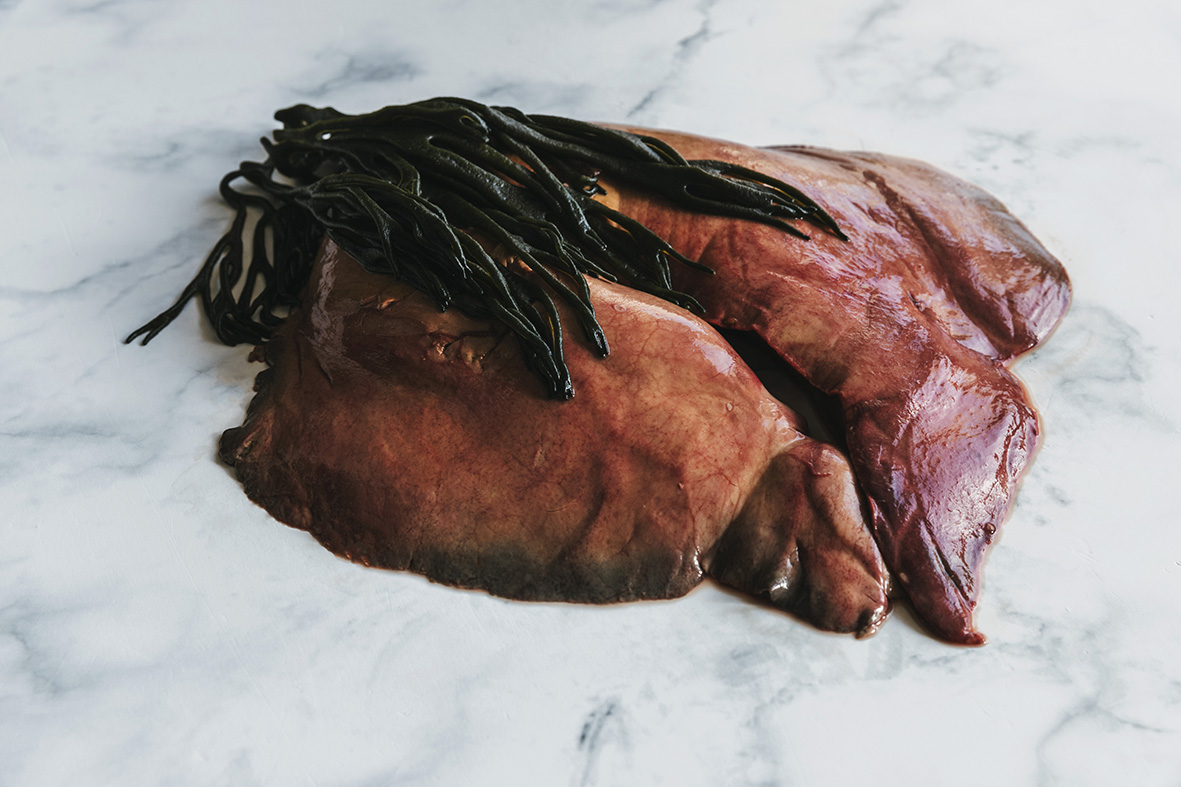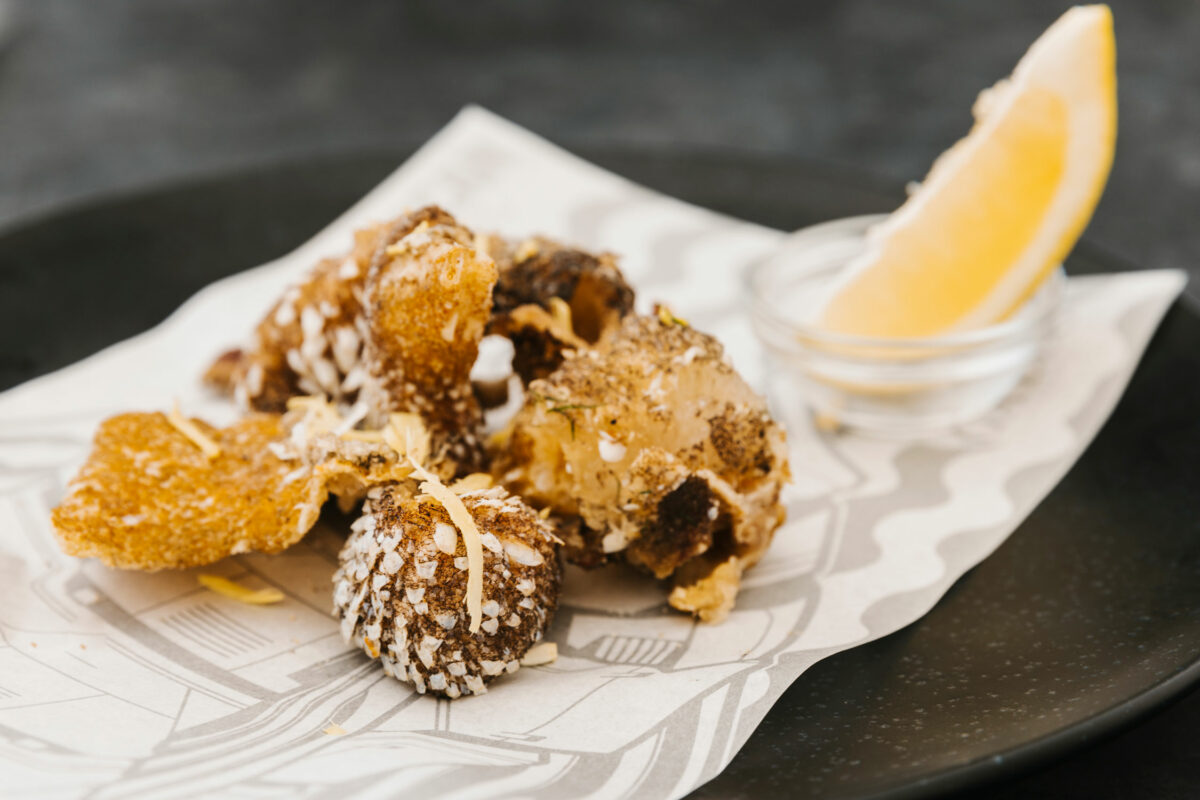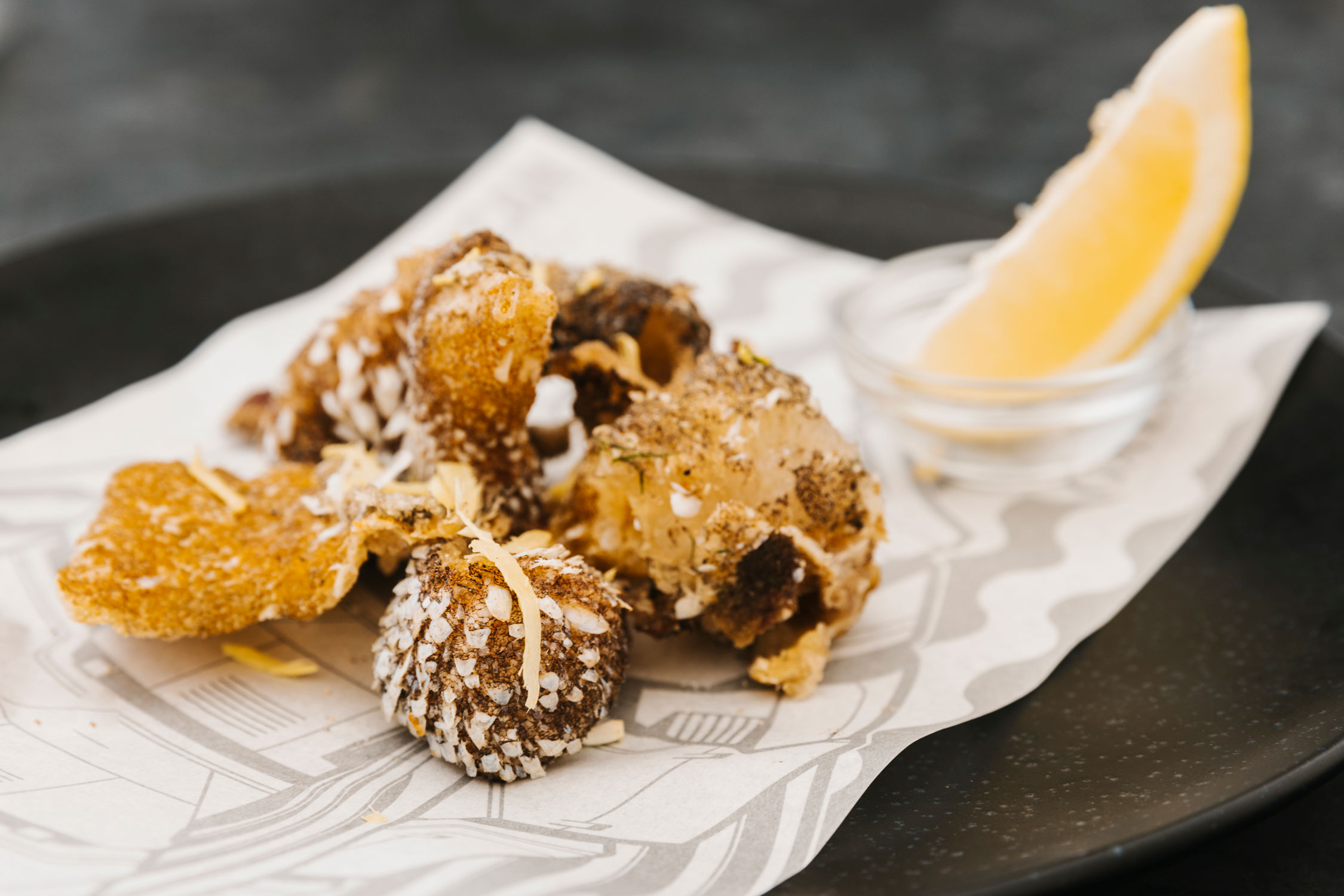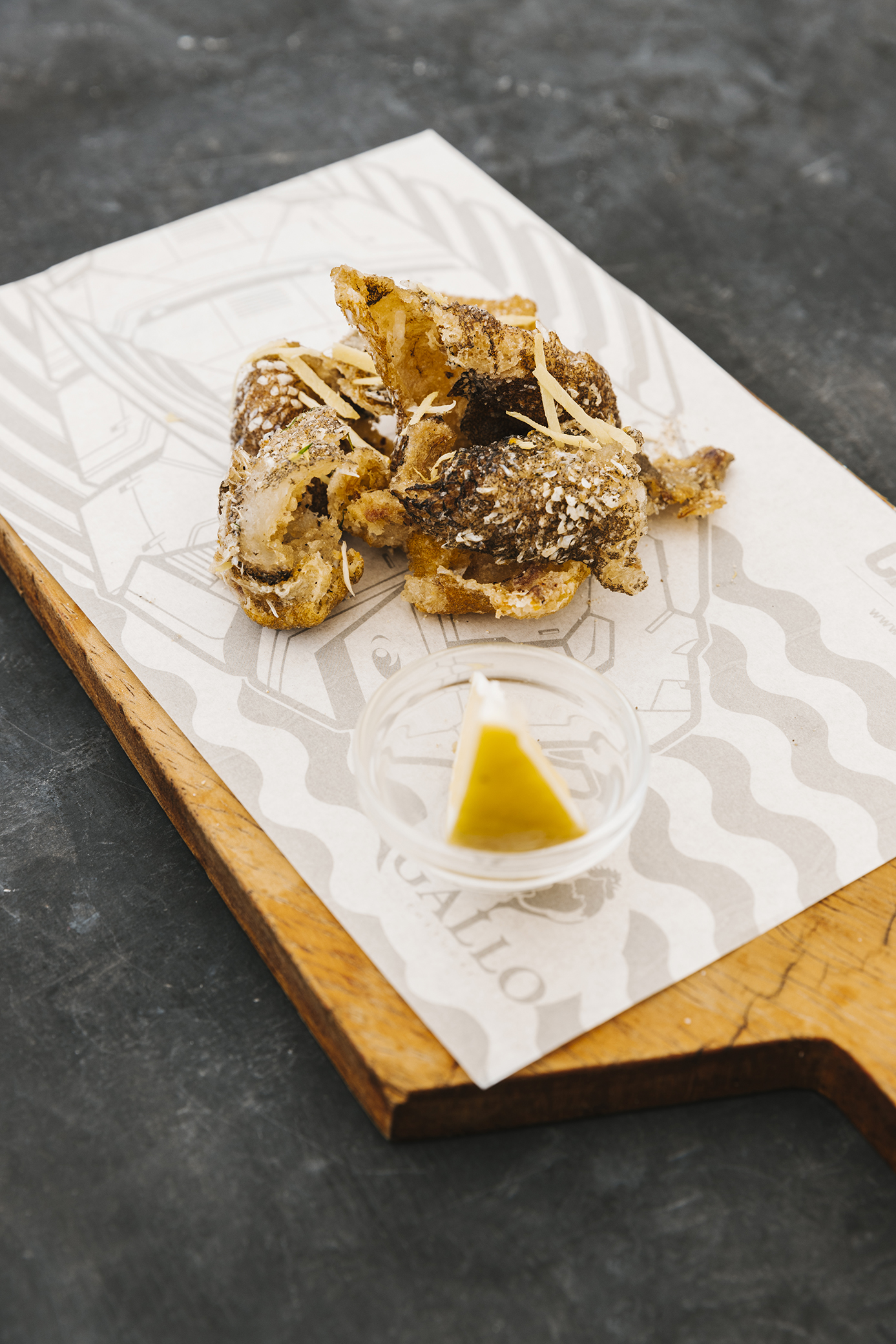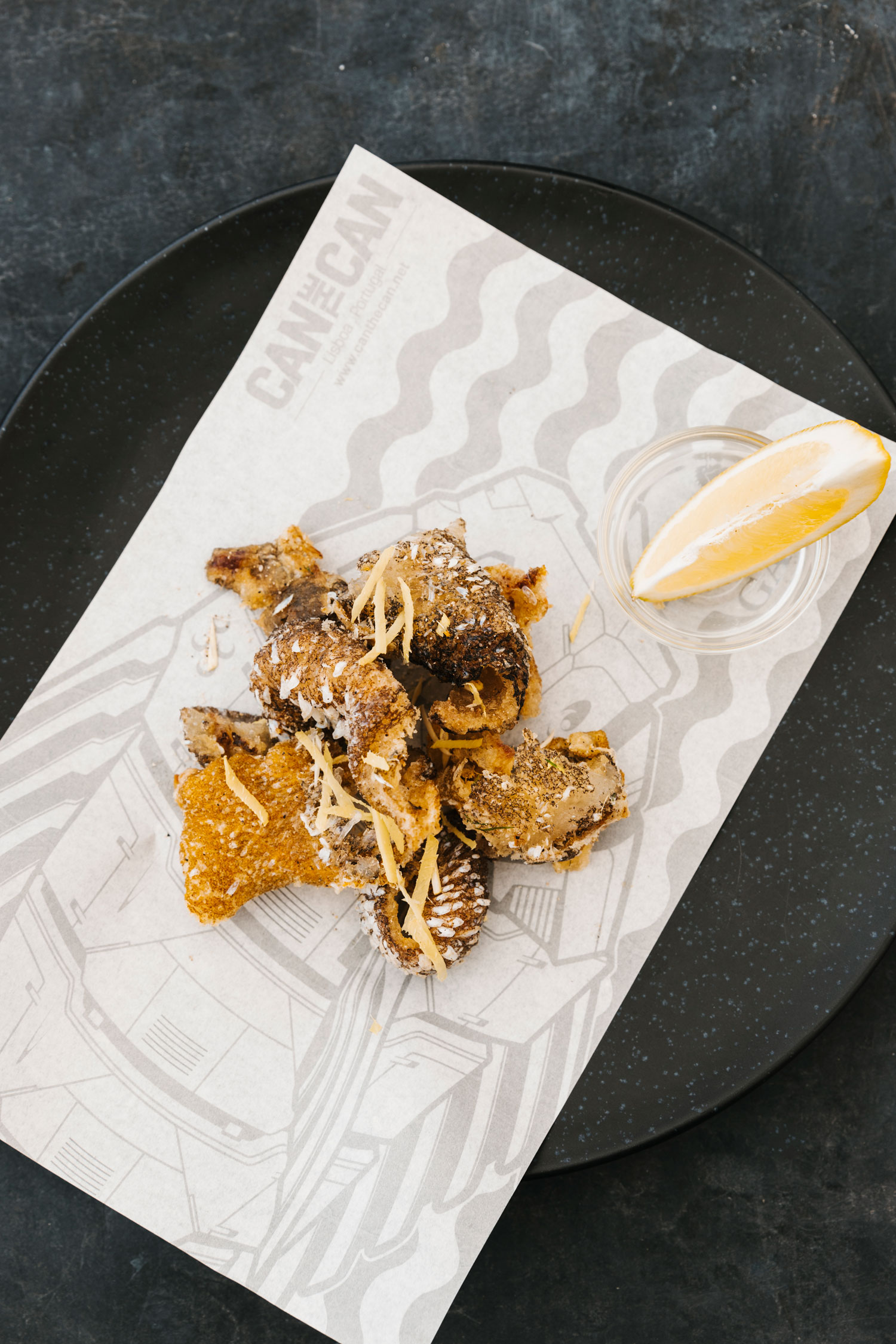Garum
Garum was arguably the Roman’s favorite condiment. Made from rotted, fermented fish guts, it was a type of fish sauce produced across the empire. Ancient sources describe the different types of garum and how it was made.
The generic name GARUM is normally used to define a series of products of different composition and consistency, such as sauces and pastes obtained through fermentation in brine, through enzymes, part of fish or all of them.
The picture of fish sauce that emerges from the ancient literature is complex. The ancient writers who discuss these products do so without the precision we need and often contradict each other sothat a precise understanding of which sauce corresponds to which recipe, production process or name is less than clear in Sally Grainger
The highly proteic garum enhanced the flavor and was very appreciated in classic times. It could be obtained from different types of fish - anchovies, mackerel, tuna, morays and others - which determined quality and price.
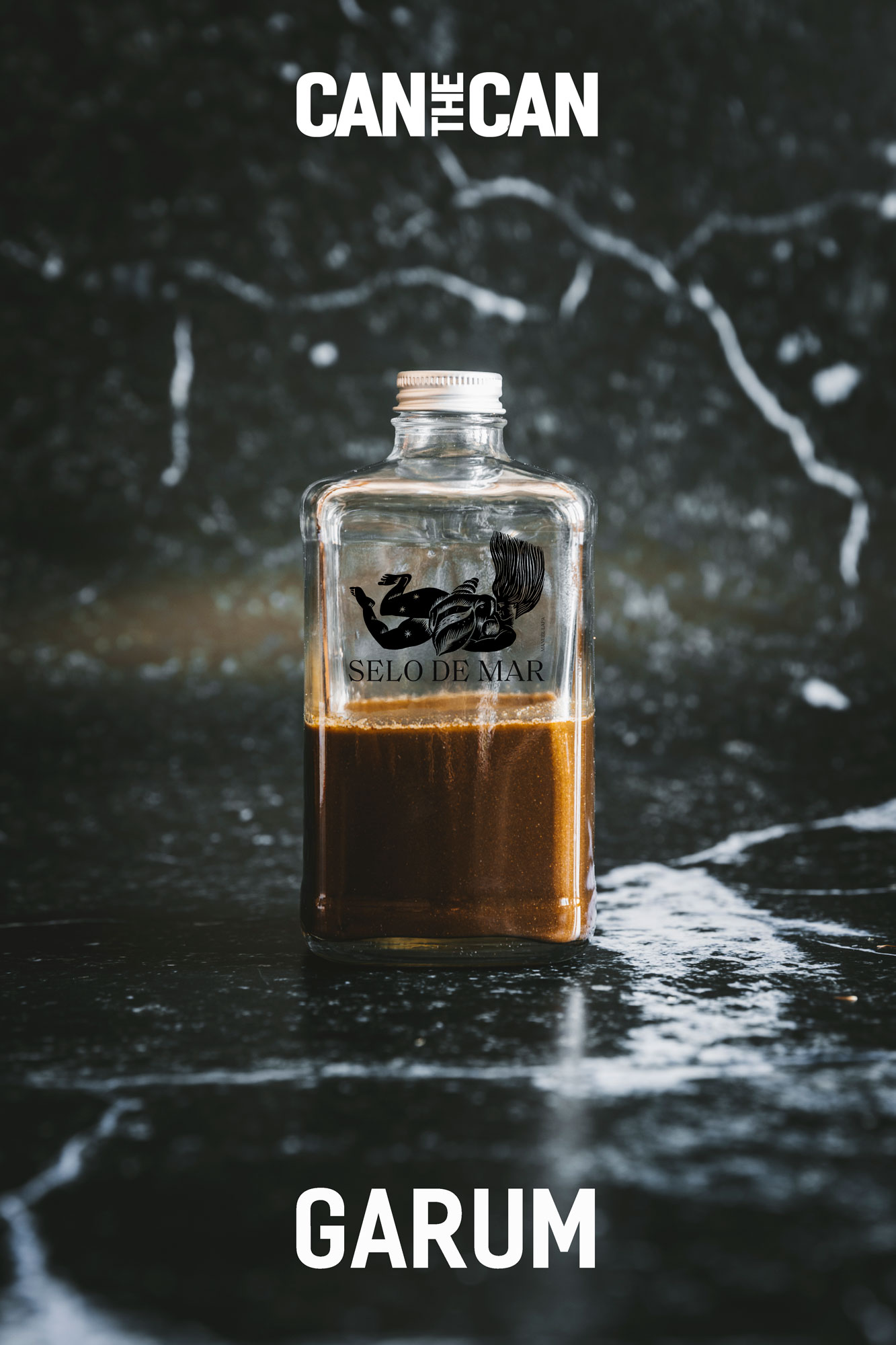
We tried to summarize in general terms the most common designations and what they correspond to, based on the works that can be accessed through the attached links.
In Search of Garum. The “Colatura d’alici” from the Amalfitan Coast
(Campania, Italy): an Heir of the Ancient Mediterranean Fermented Fish
Sauces. Alfredo Carannante, Claudio Giardino, Umberto Savarese
GARUM
Originally realized with a not well identified ichthyic species whose Greek name was garos (from which came the name of the sauce, garon, in Greek), the Roman garum was produced from different species of fish: Isidore states “ex infinito genere pisciorum”. However, many other species, among which morays, eels and grey mullets, were used to produce garum, sometimes realized through the fermentation of different species together.
NIGRUM - BLACK GARUM
The best garum nigrum was produced from mackerel (Scomber scombrus Linnaeus 1758)
SOCIORUM
In the 1st century A.D. the garum sociorum, produced in Spain from the maceration of mackerel, was considered the best garum. Its cost was comparable only to that of the best perfumes (with a thousand sesterces you got two congi, equivalent to about six liters). Marcus Valerius Martialis (1st centuryA.D.) praises the luxury of the garum produced from the first blood spurted from mackerel just slaughtered, considered a particularly luxurious and appreciated present.
MURIA
The muria was produced from tuna (Thunnus thynnus Linnaeus 1758), but also anchovies (Engraulis encrasicolus Linnaeus 1758) were at the basis of a valuable kind of garum.
BUZZONAGLIA
Other times the garum was produced only with fish entrails, such as those of the tuna, mixing some entrails with blood and the fat abdominal fascia, the so-called “buzzonaglia". The origin of this product might be traced back in the recycling of fish rejects such as entrails, blood and fat parts, and whole smaller fish which were more difficult to keep.
FLOS GARI LÍMPIDO & LIQUAMEN GARI
The quality of the garum derived not only from the species and the parts used, but also from the filtering process. At the end of the maceration, in fact, the garum was filtered through baskets and different qualities were obtained: the limpid flos gari (“flower” of garum) obtained from the first filtered liquid and the liquamen gari, less valuable liquid part, with solid elements, obtained from the filtering of the roughest deposits.
LINQUAMEN
The general product made from preserving fish with salt. Later becomes interchangeable in word use with liquamen. Earlier sources indicate that this particular classification was made from blood and innards of larger fish, such as tuna and mackerel.
In Apicius, liquamen is the universal term for the primary fish sauce and even when we find garum, with two exceptions, it is part of a compoundterm directly transliterated from the Greek : όıνογαρον (oenogaron = oenogarum) and therefore referring to the original whole fish sauce.
FLOS FLOS GARI
Besides those two qualities ( Flos Gari e Linqumen) another one must be added: the “flos flos gari”, “the cream”, whose origin and the species used, usually mackerel or tuna, were always specified.
ALEC
The paste collected in the filters, often containing fish bones, was called allec (with the variations of hallec, hallex o allex), word which originally meant “putrefaction” or “dregs”, and represented the worst product often given to the slaves as companage. The allec, however, could also derive from the production of the best qualities of garum; in this case, the product resulting from the filtering after the maceration of the entrails, blood, or chosen pieces of mackerel or tuna, was considered valuable and was served seasoned with salt and pepper, wine and carrots, to stimulate the appetite before meals.
Moreover, there were luxurious variations of allec, produced from oysters, eggs of sea-urchin, sea anemones and mullet livers.
GARUM WITH INGREDIENTS
The best garum was obtained without adding other ingredients, but there were several varieties obtained adding vinegar (oxygarum), oil (oleogarum), wine (oenogarum), water (hydrogarum), honey (melligarum / mellogarum)
Apicius, in his famous treatise about cuisine, gives a recipe of oenogarum to dress tubers, composed by spices, liquamen, honey and little oil, and another recipe of oxygarum used as a digestive sauce, composed by a mixture of spices kneaded with honey and diluted with liquamen and vinegar.
OXYGARUM
adding vinegar
OLEOGARUM
adding oil
OENOGARUM
adding wine
HYDROGARUM
adding water
MELLIGARUM/MELLOGARUM
adding honey
"Colatura d’alici"
Today in the village of Cetara, on the Amalfitan Coast, a fish sauce which presents strong resemblances with the ancient garum is produced: the “colatura d’alici” whose name means “filtering of anchovies”. The “colatura” is an amber-coloured liquid obtained from the process of maceration of the anchovies under salt.
HAIMATION
In the first centuries of our era the production and the commerce of garum were important elements for the economy; after the Roman Empire fall the economical scenery in the Mediterranean changed. Nevertheless, the production on small scale of pickle fish continued with different destinies as it can be seen in all the cultural realities heirs of the Romans.
In Byzantium, in the 10th century, the Geoponica, an important collection of books about agriculture promoted by Constantine VII Porphyrogennetos (913-959 A.D.), were drawn up. In this work a recipe is given for the production of garum, significantly “in pot”: “Put in a container entrails of fish and small fish with salt and leave them in the sun mixing frequently. When the pickle has been obtained filter everything in a basket, where the solid part, the allec, remains. Those who want to use this garum soon without leaving it in the sun, can boil it filtering carefully the pickle two or three times, until the filter is clean. The best granum is called “haimation” and it is made with tuna entrails, gills, serum and blood. They are left to ferment in the salt for about two months, in a pot. Then the pot is holed and the garum is stilled.”
MURRI
In the medieval Islamic cuisine although a lot recipes byApicius and a lot of cuisine from the Roman times were used, the garum was substituted by a new product widely mentioned by Iraqi gastronomes since the beginning of 9th century: the murri. The murri was very different from the garum: it was a powder of fish dried in the sun and salted, diluted in sweet wine with oregano and put in ferment in an oiled amphora with quince apples and pieces of onions. It also existed a kind of murri produced from toasted cereals, with a simpler and faster processing.



